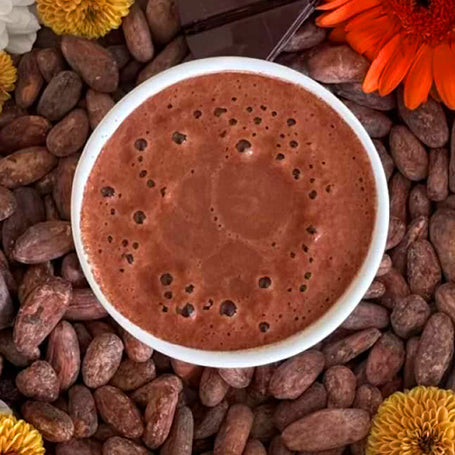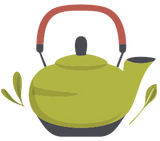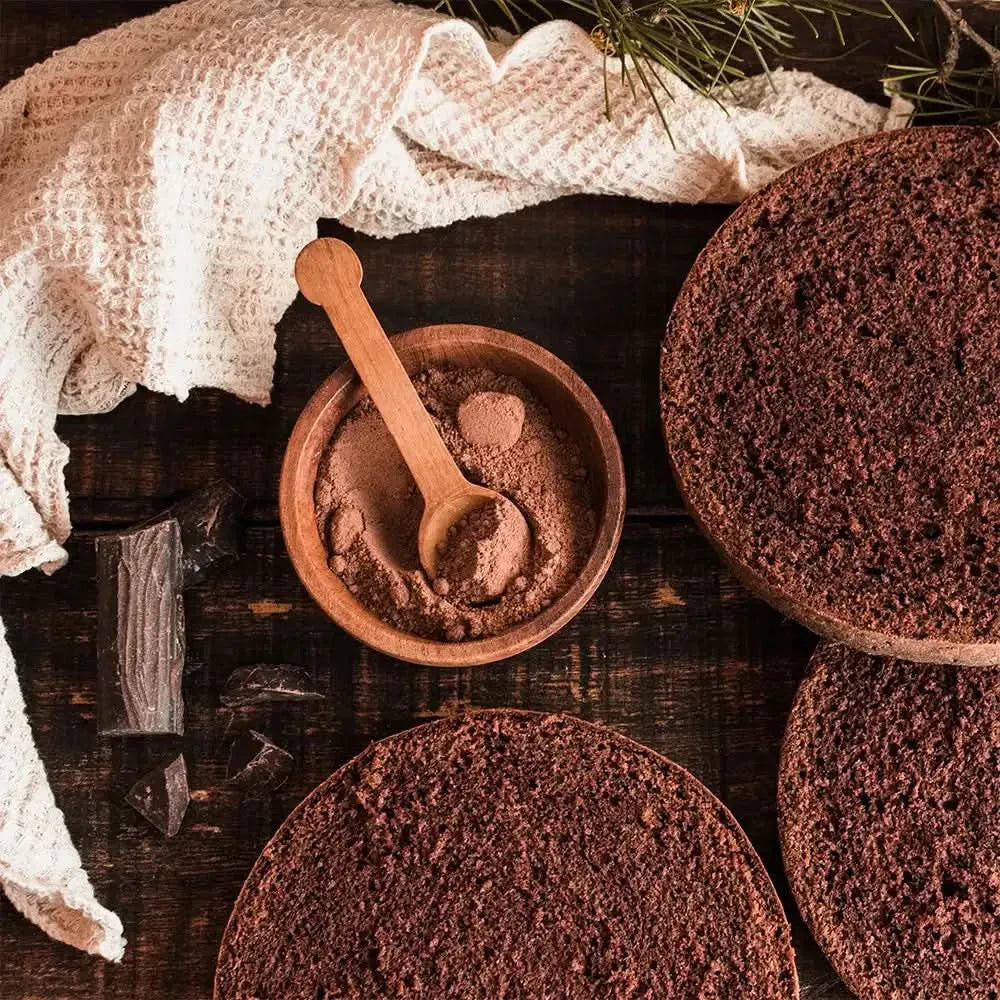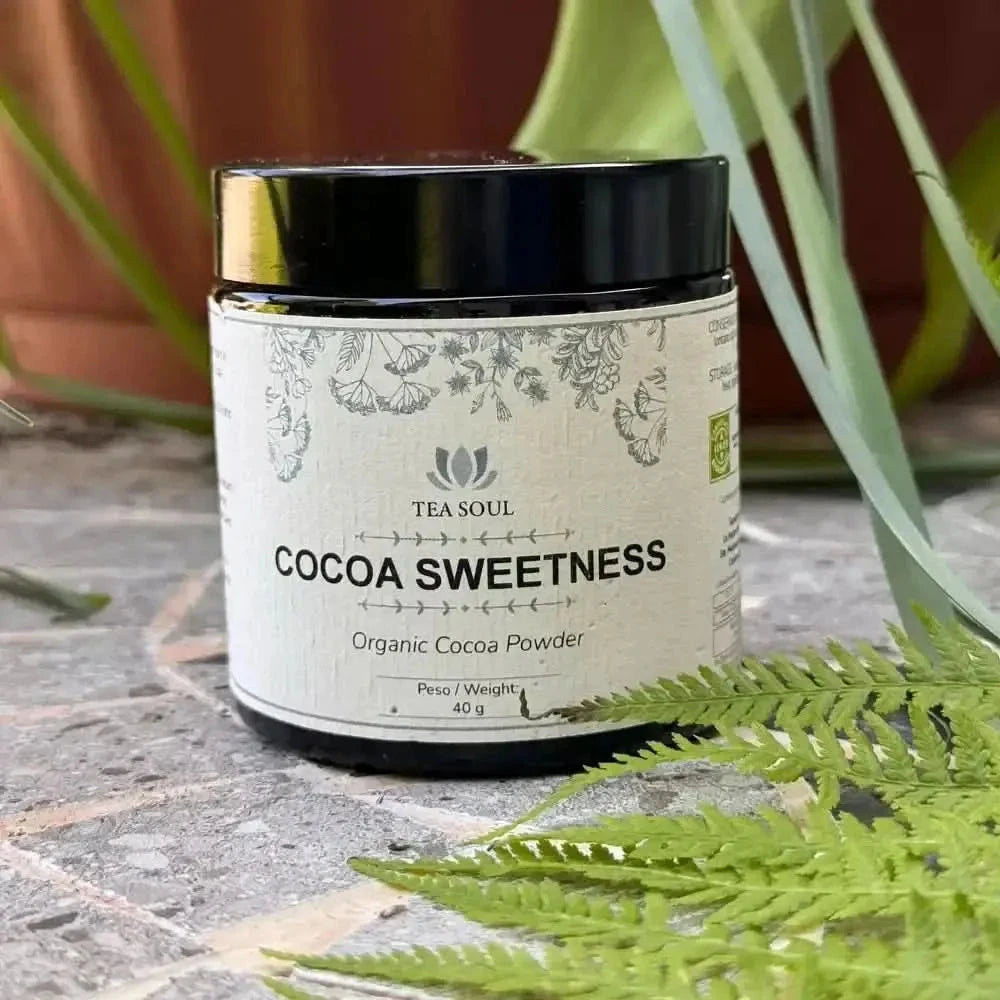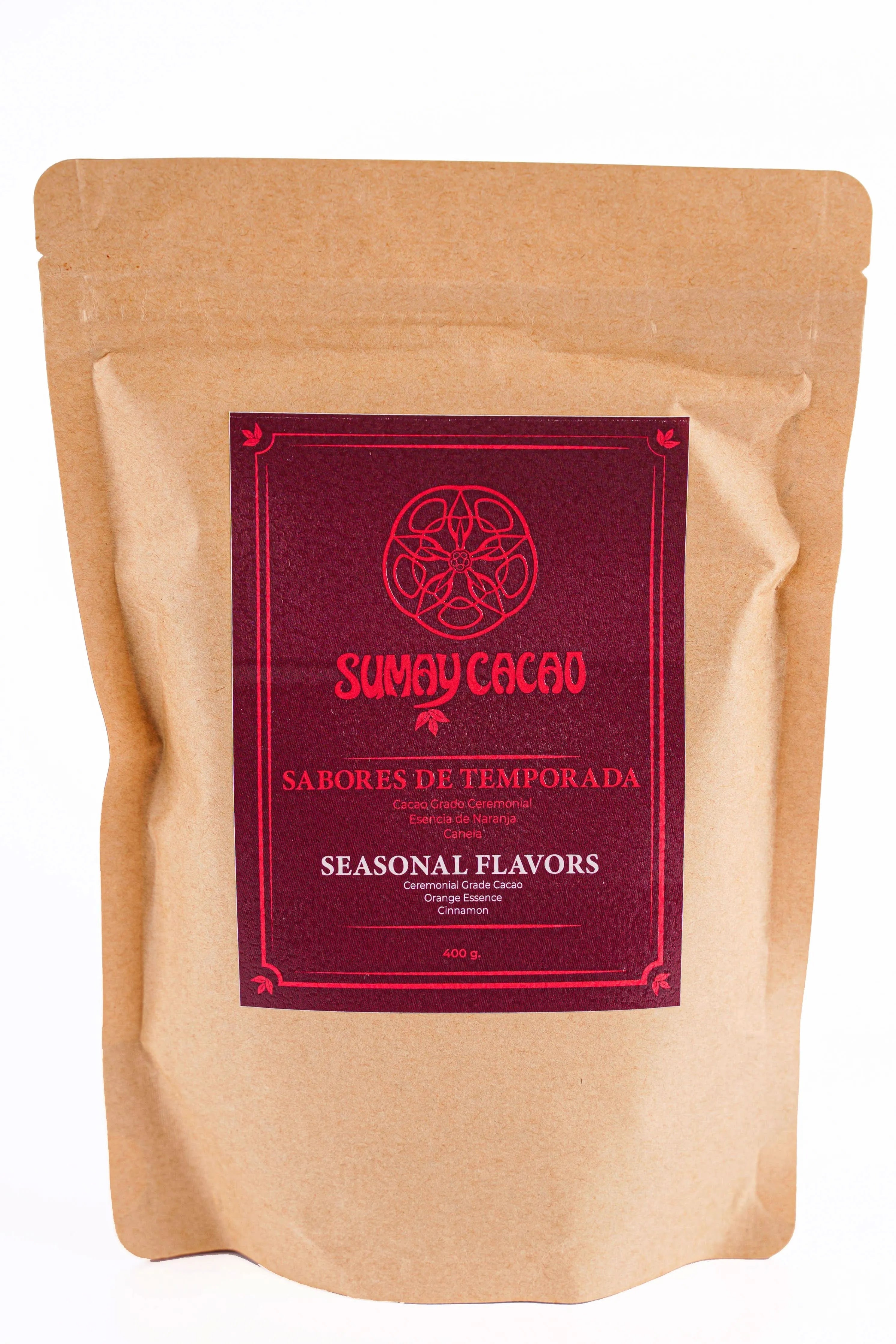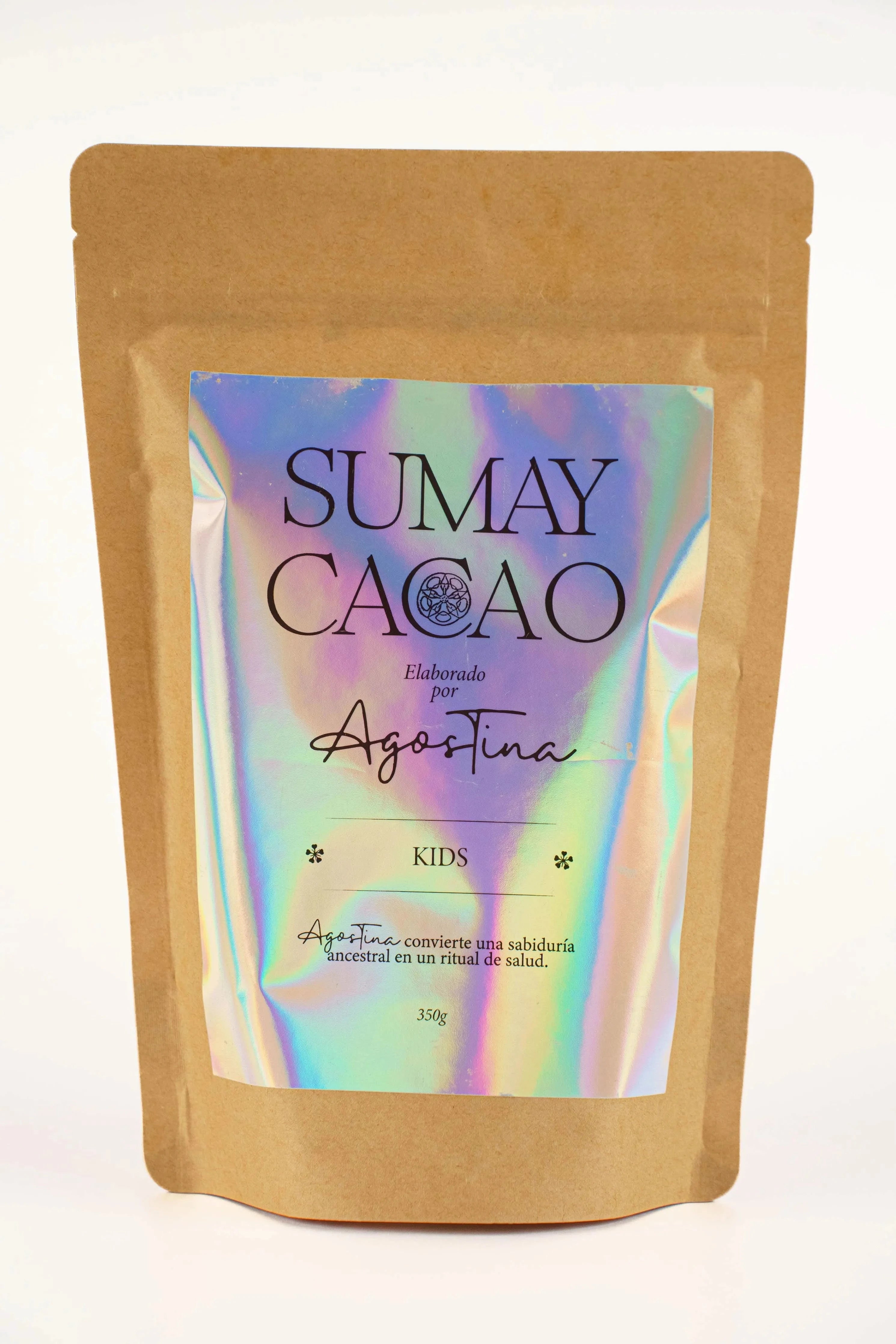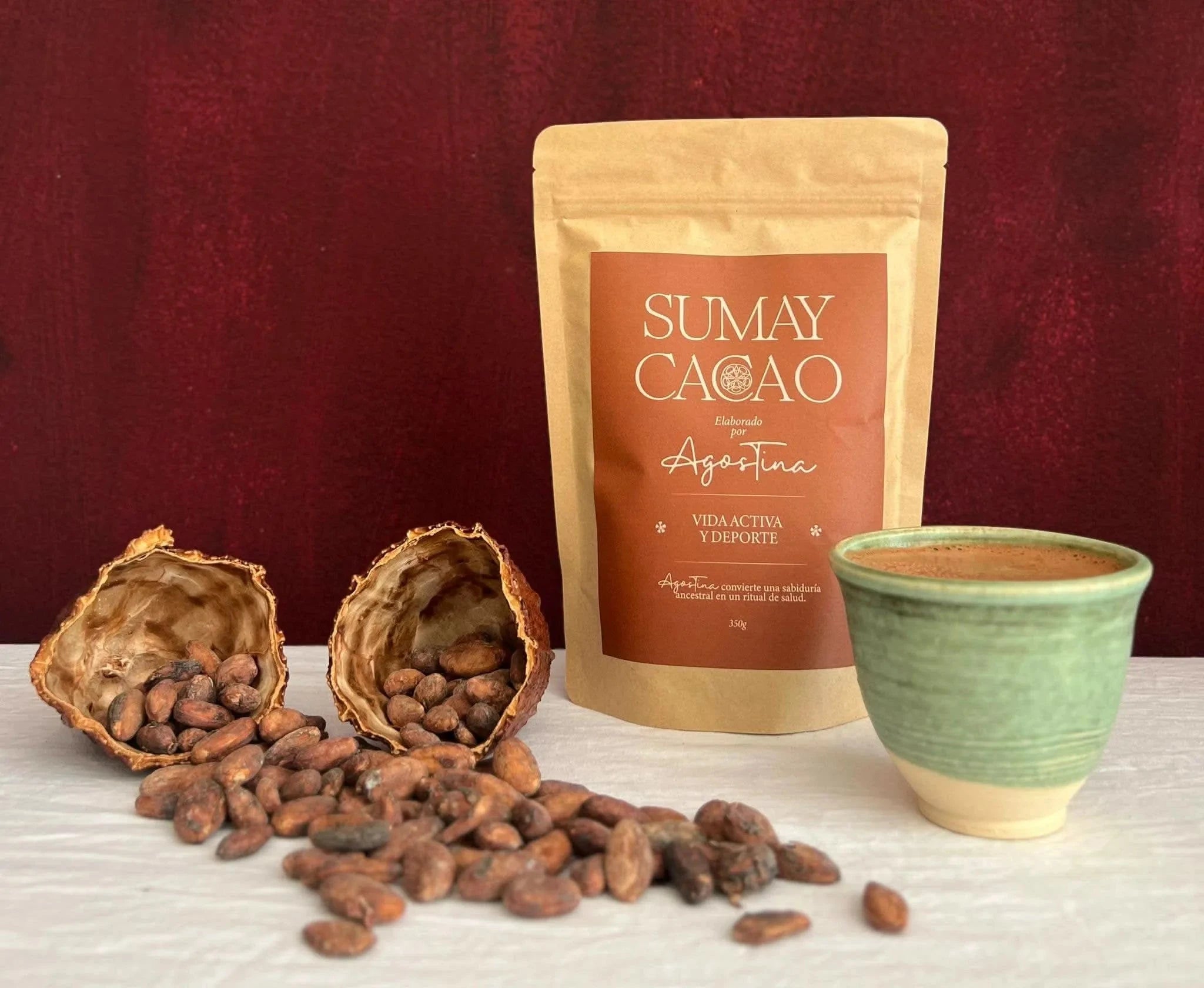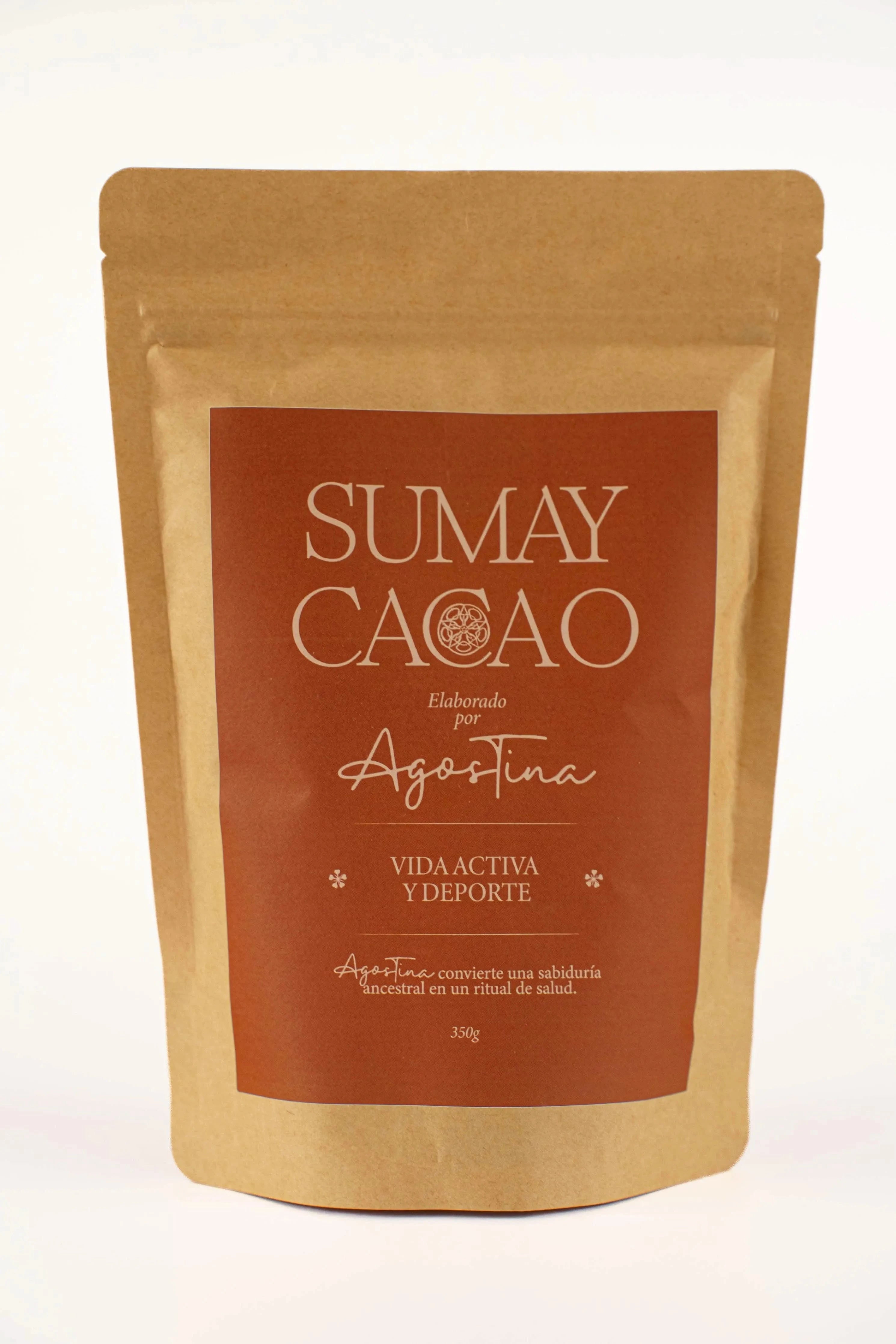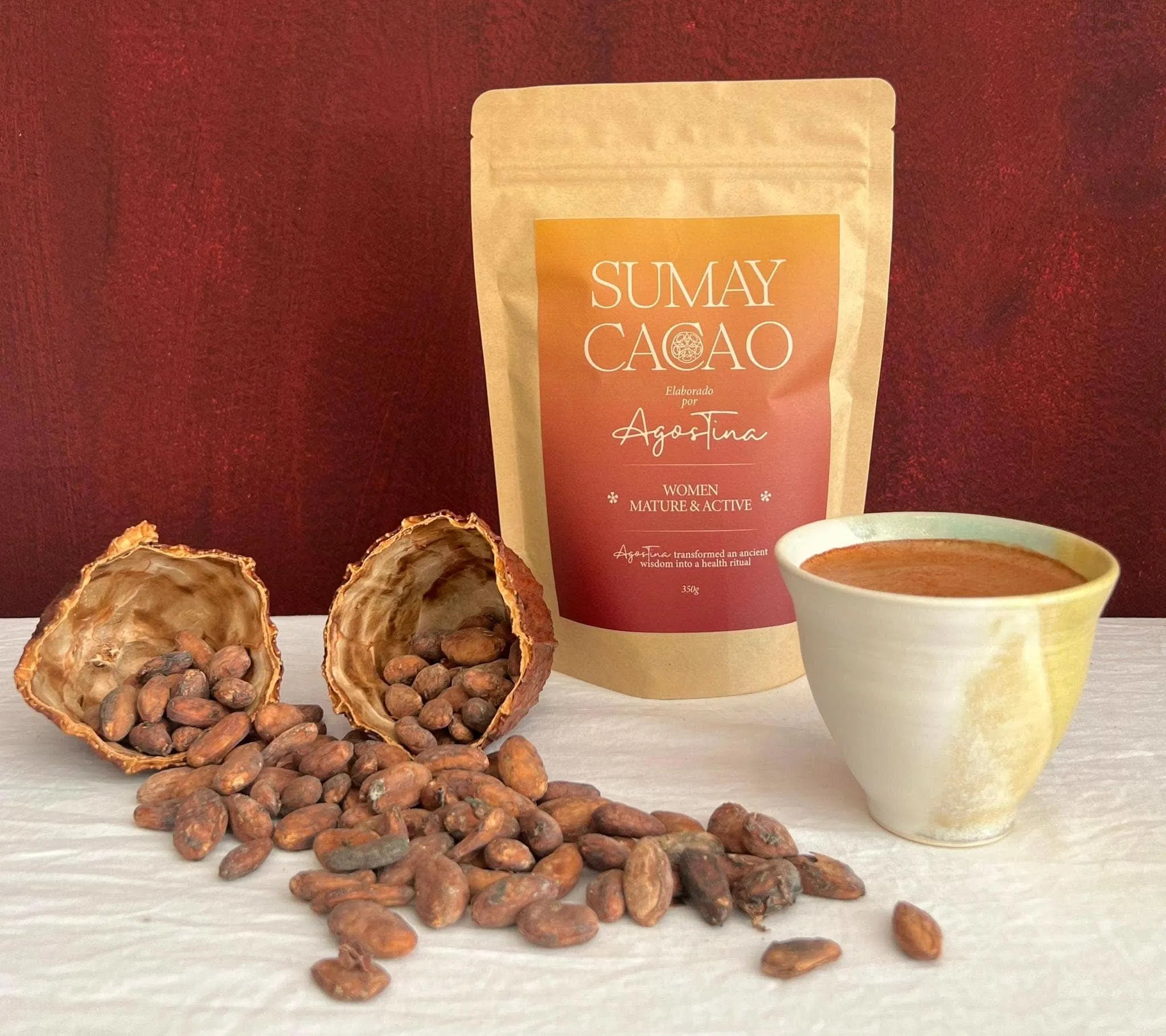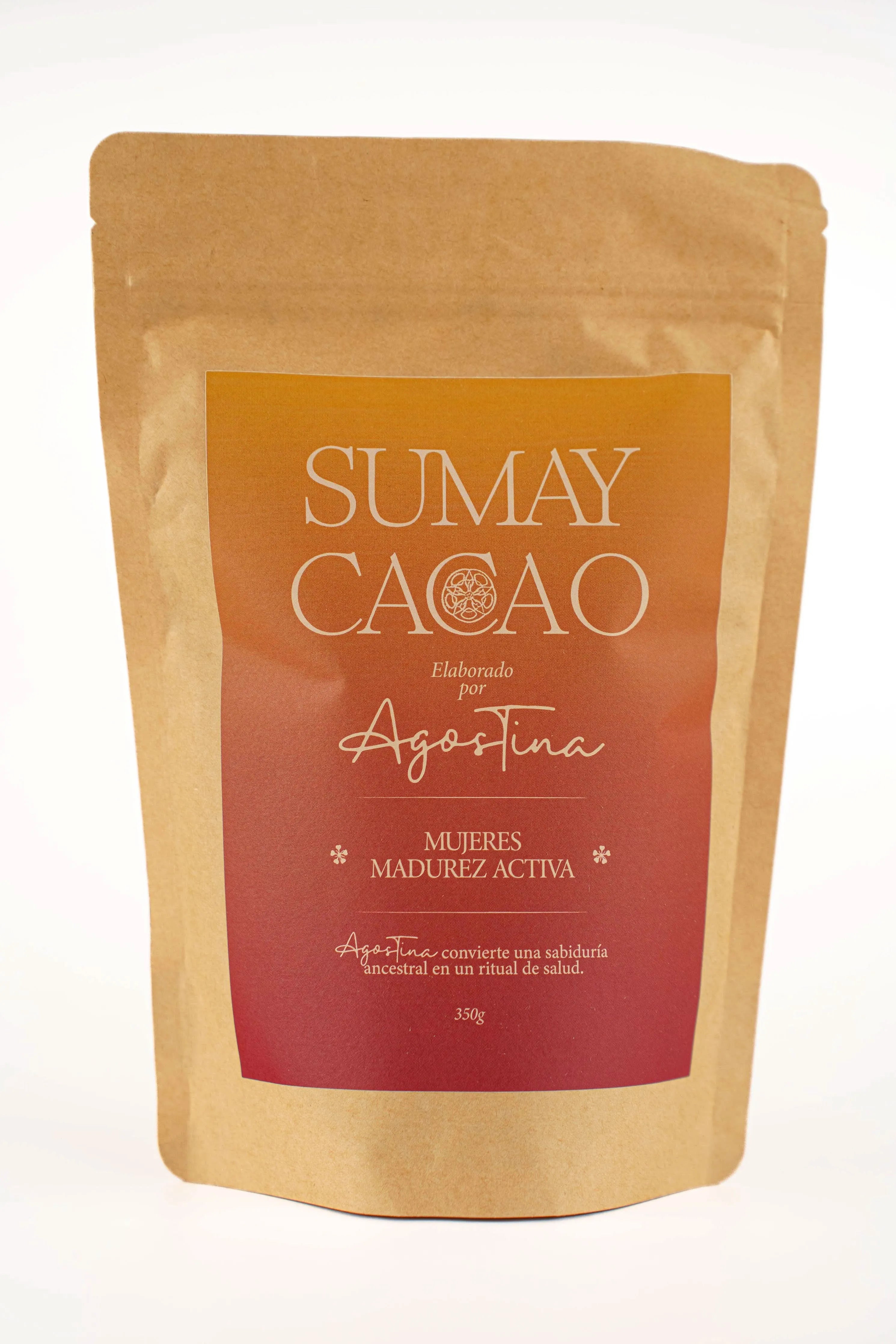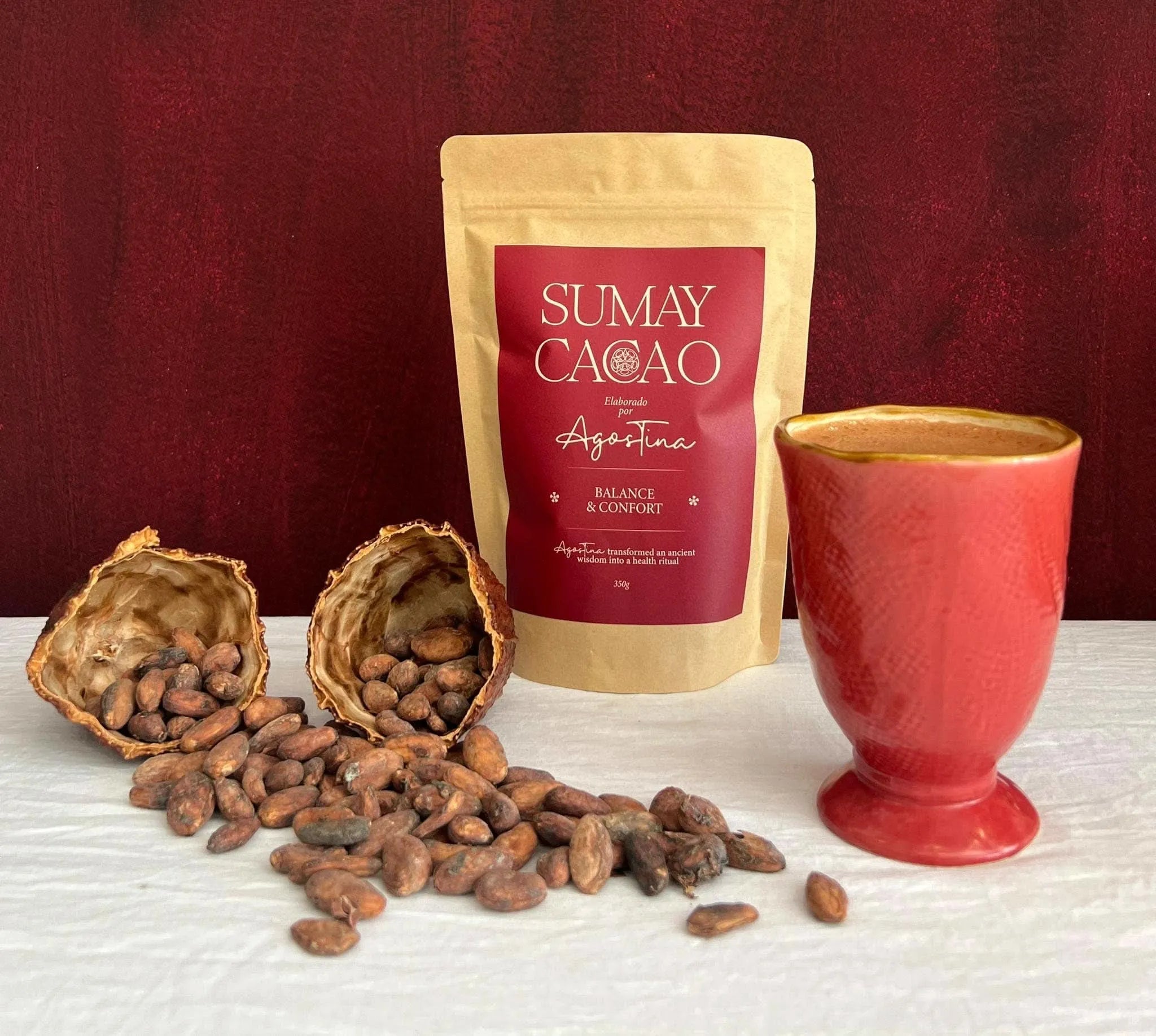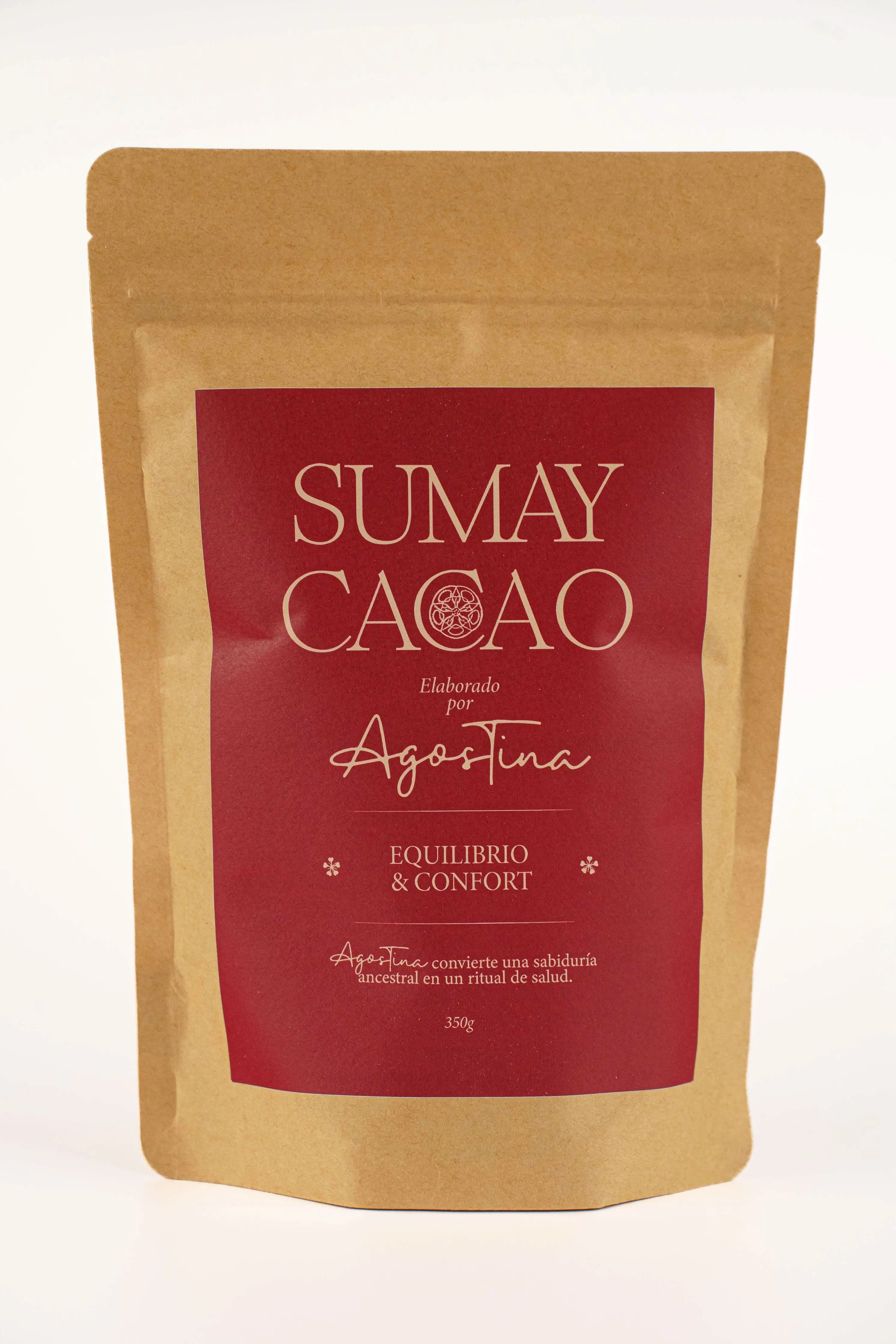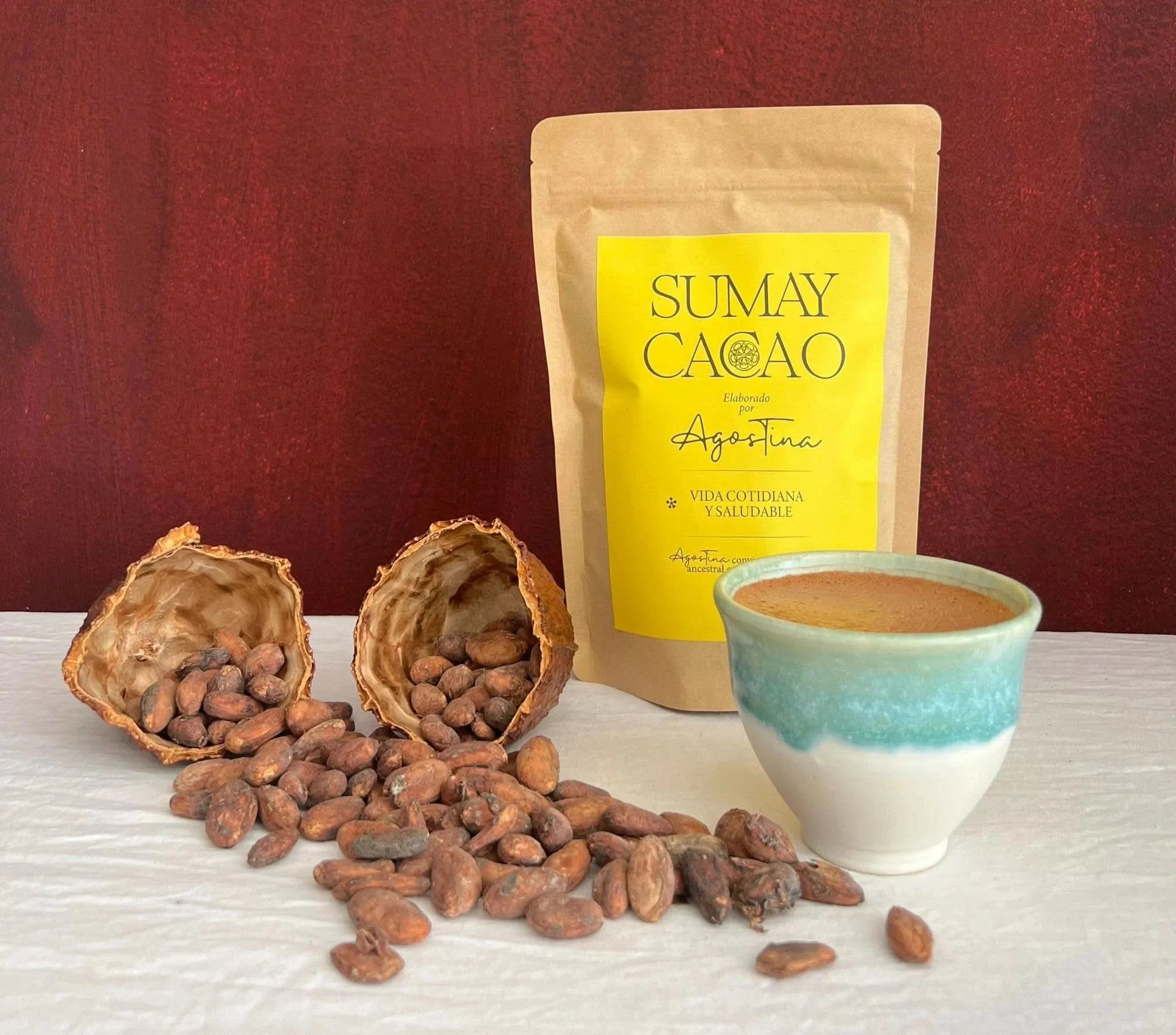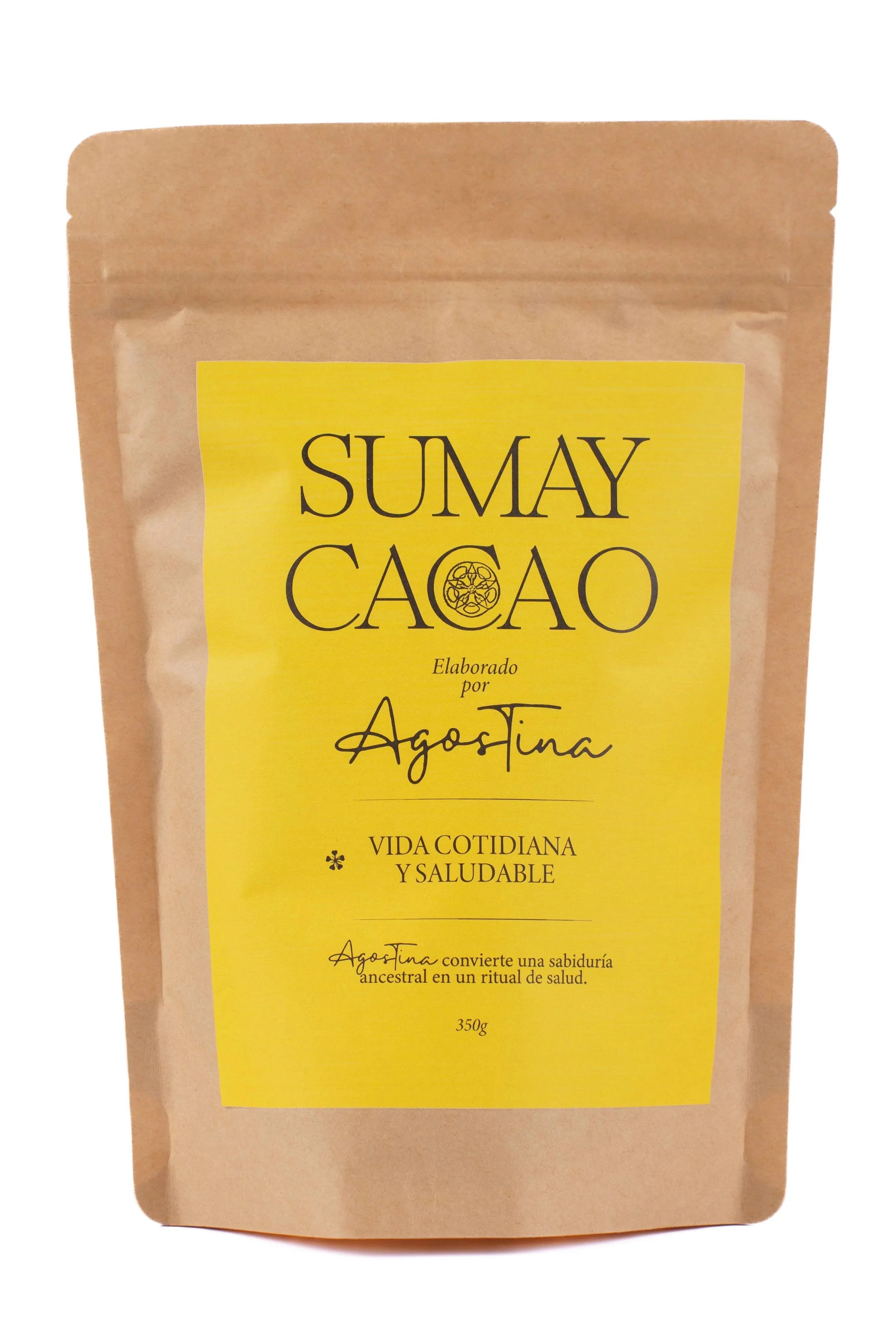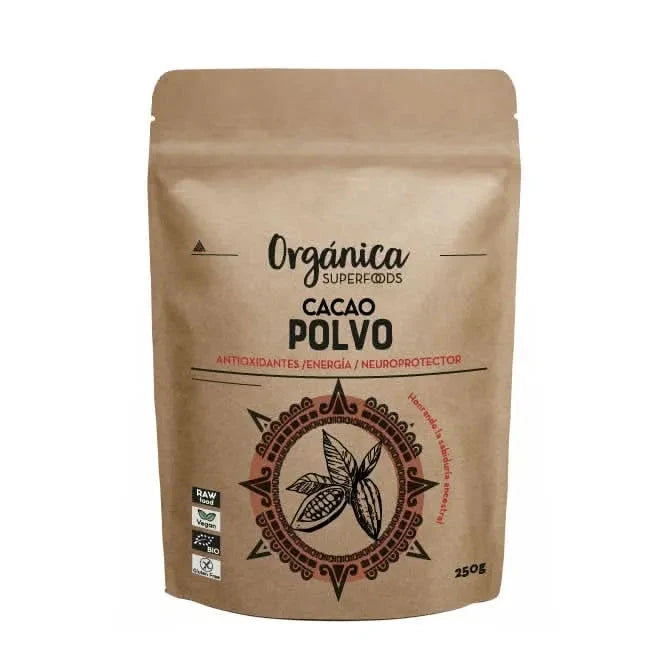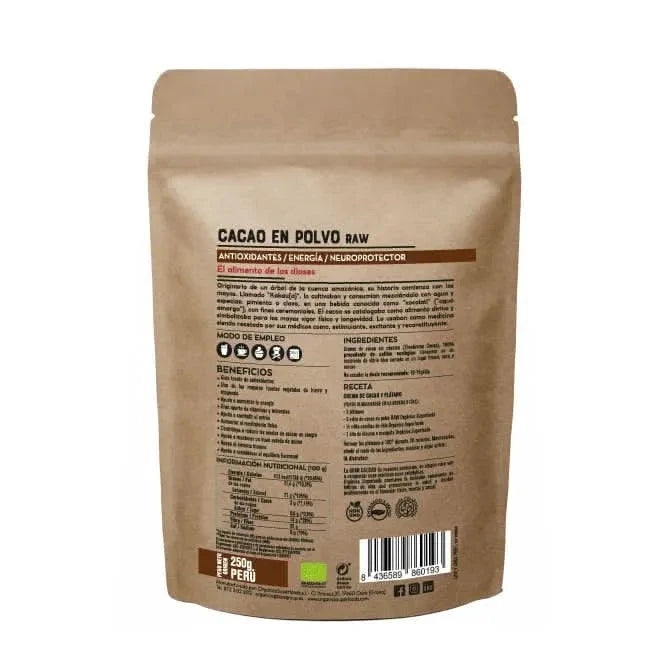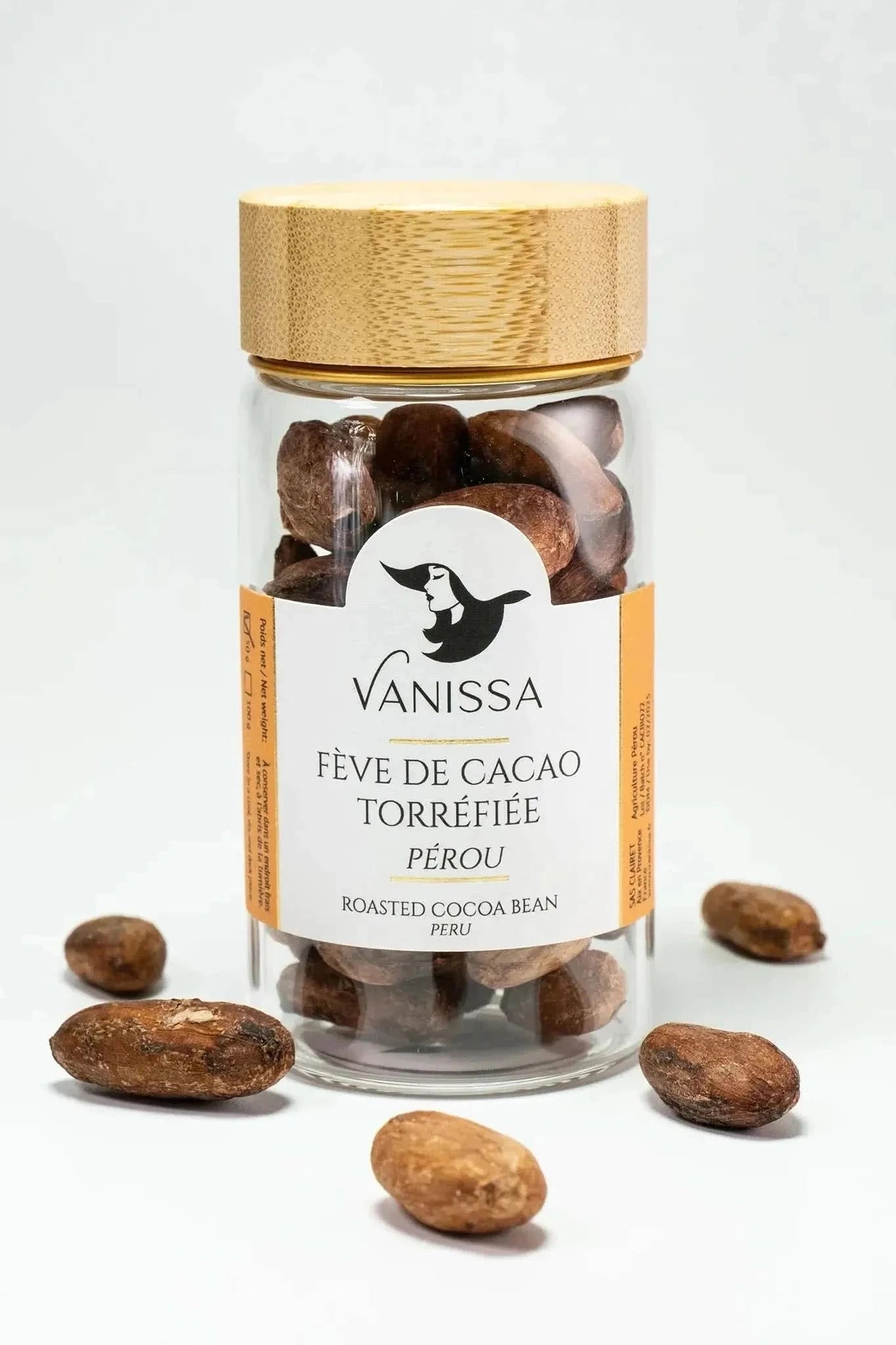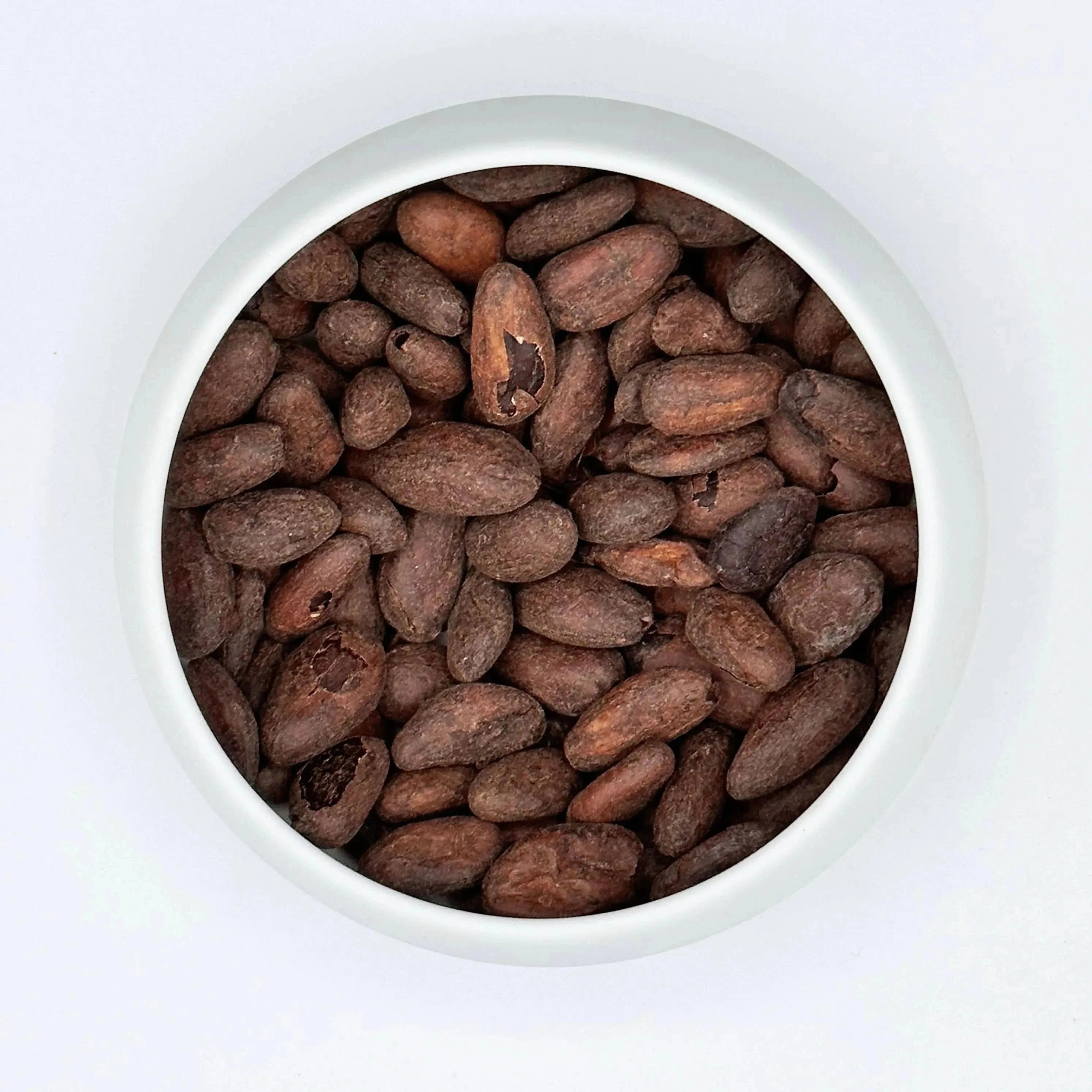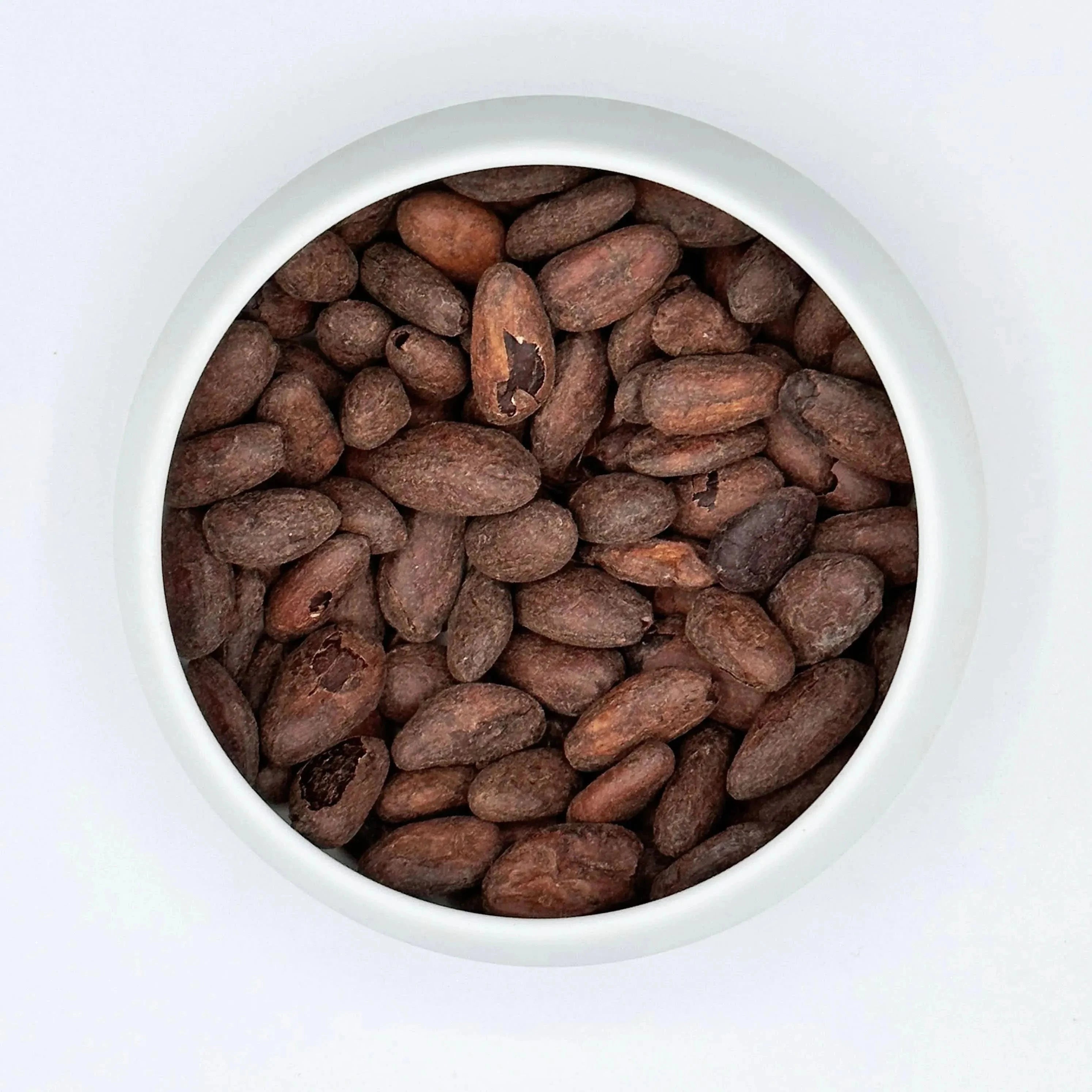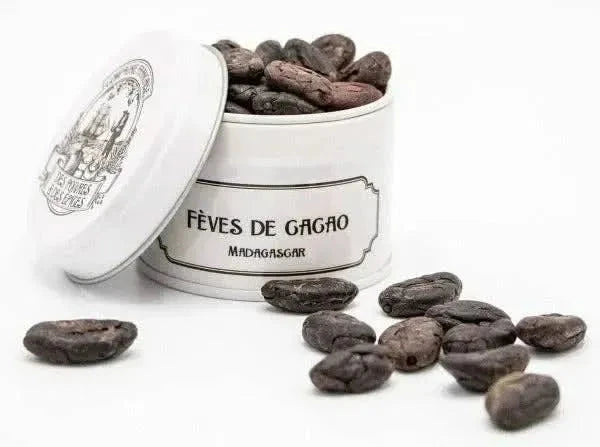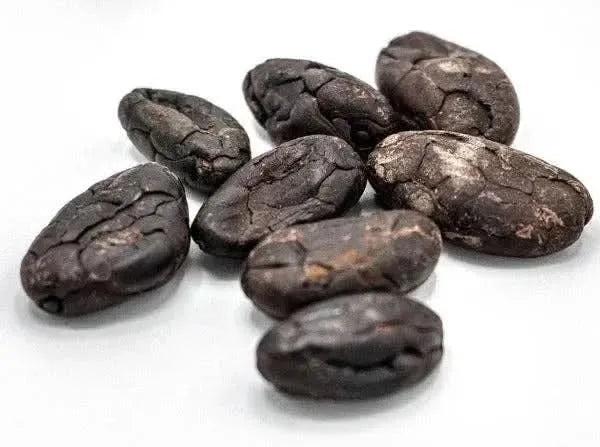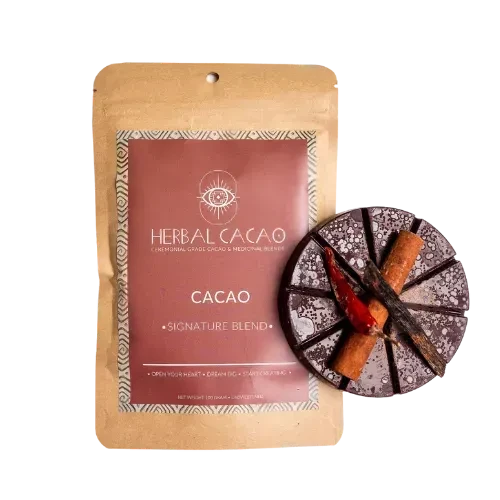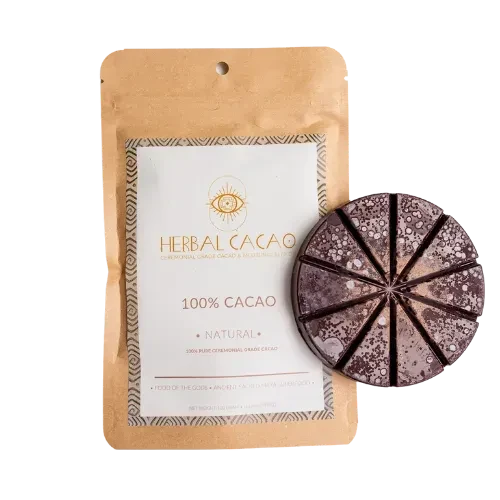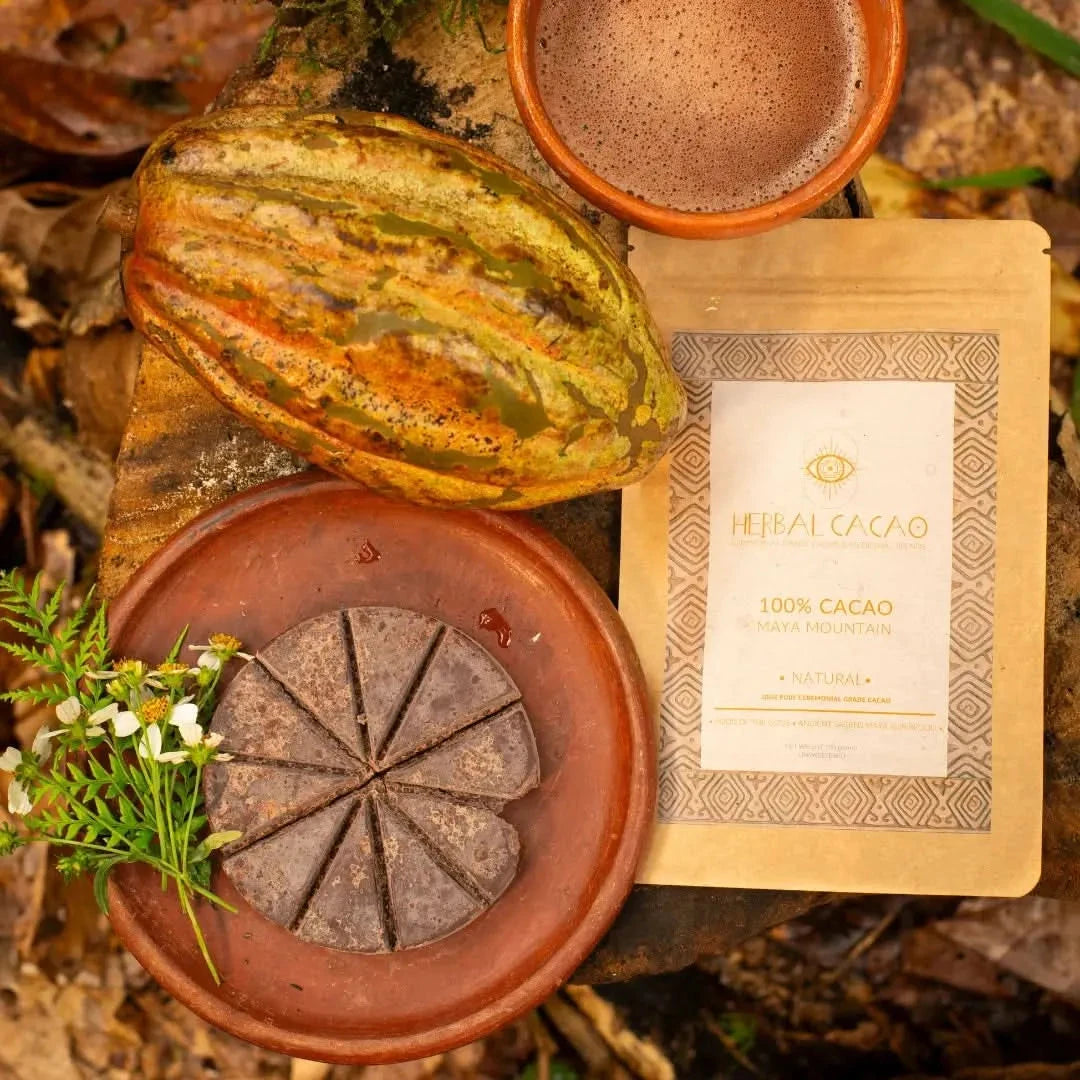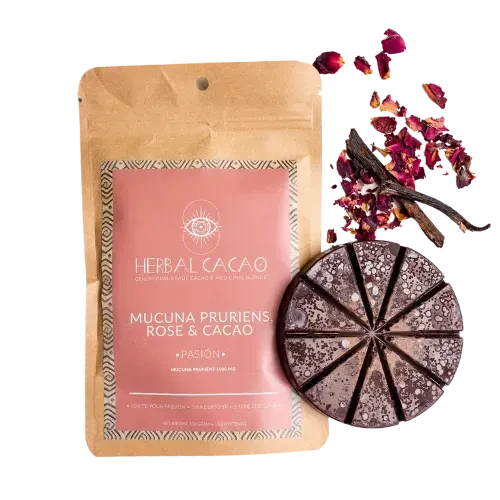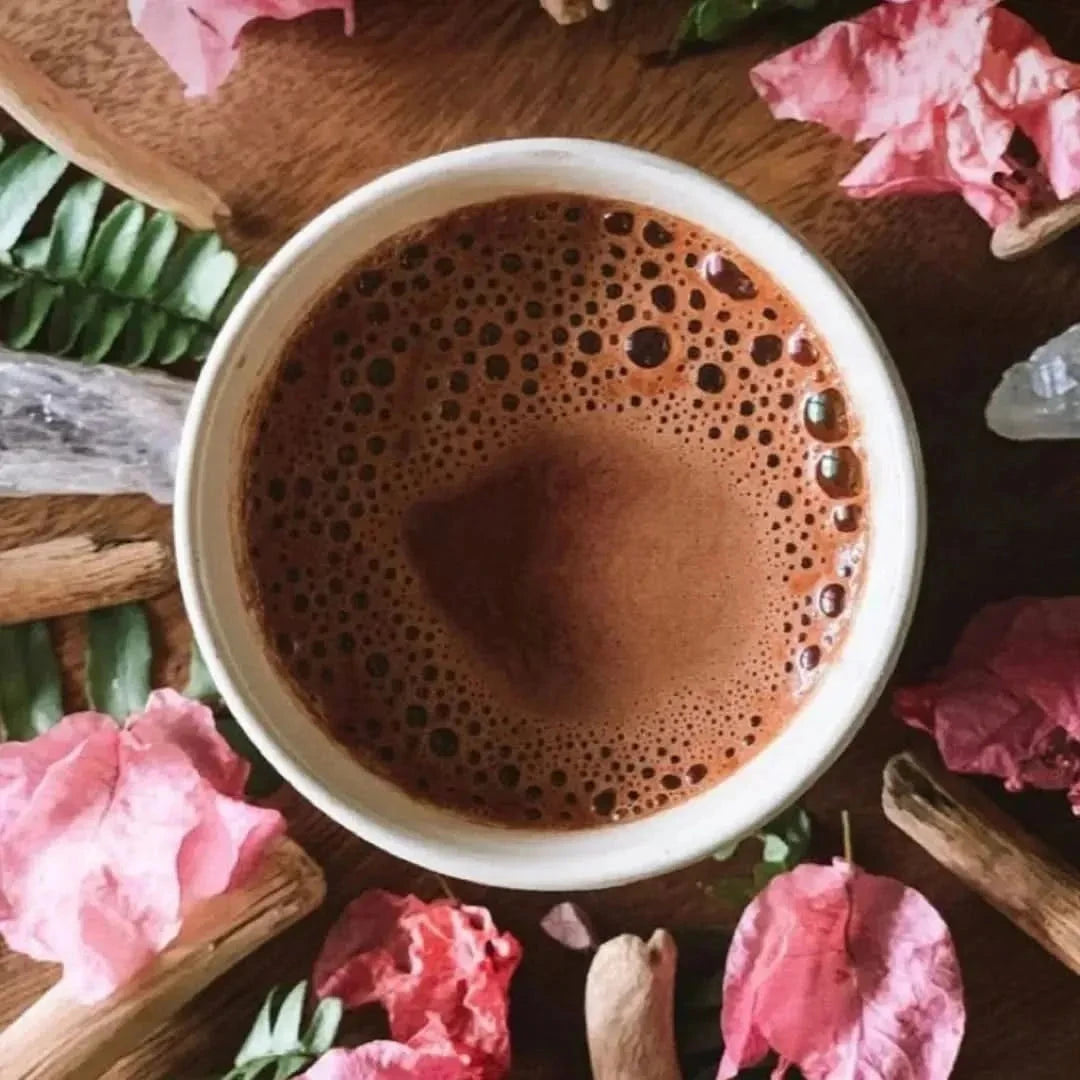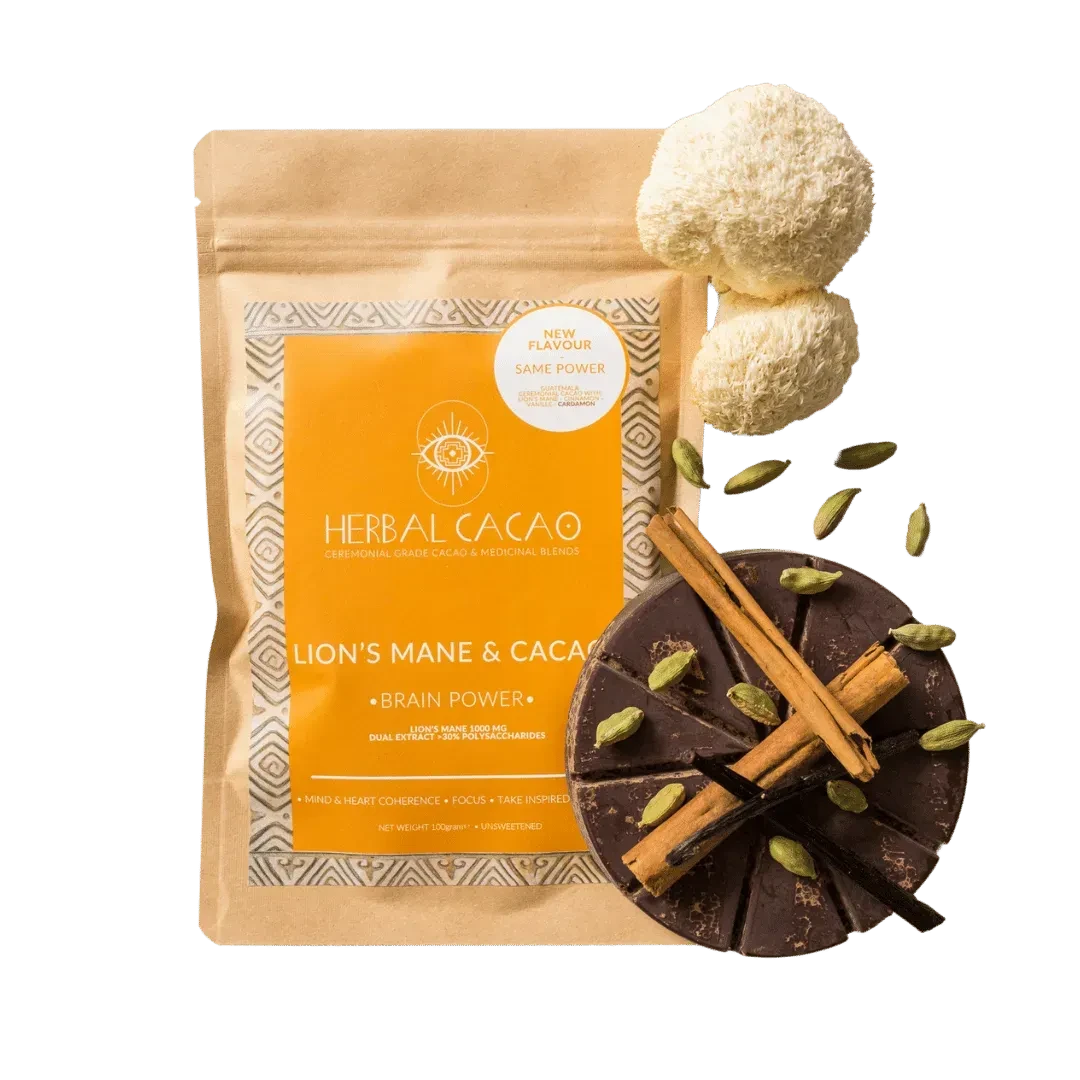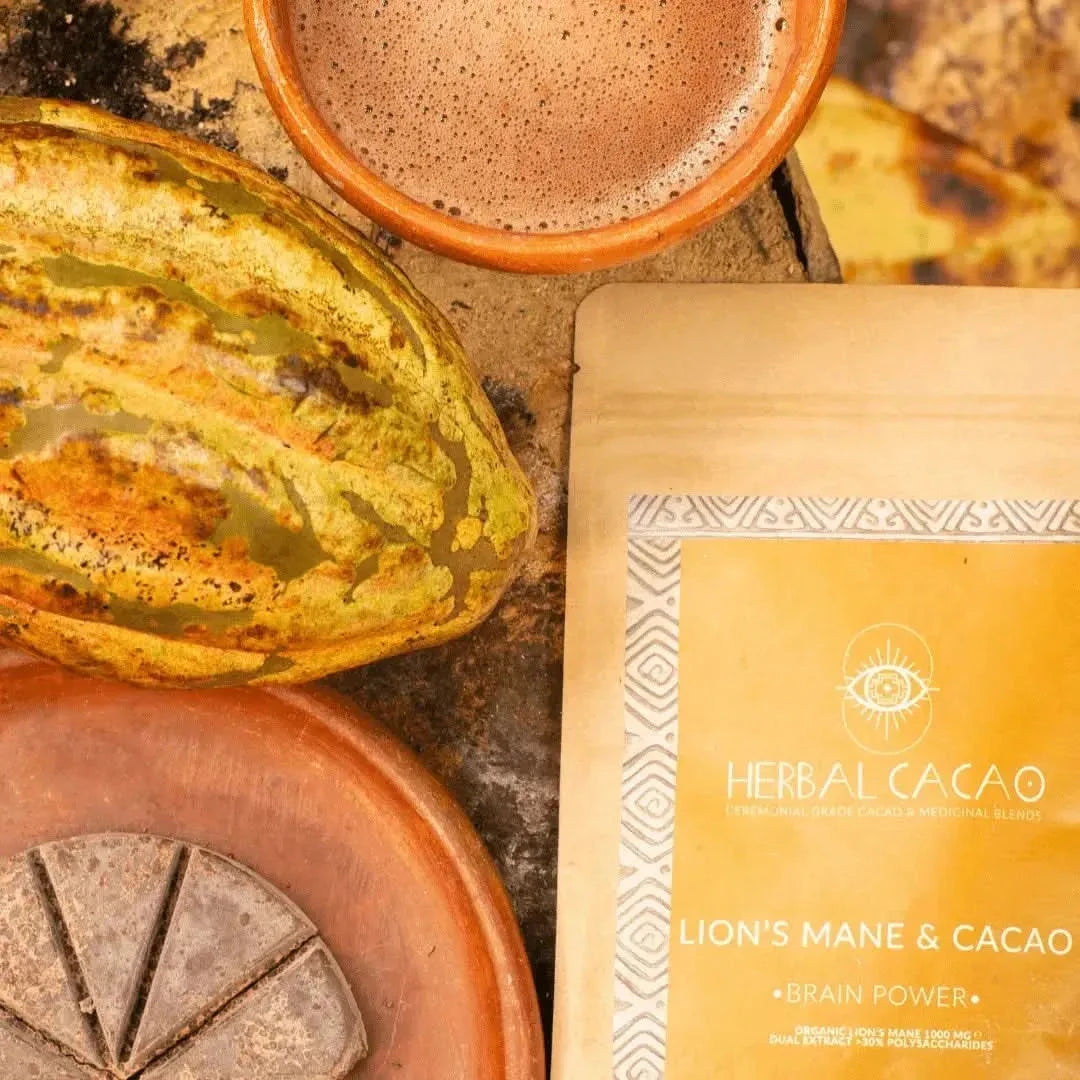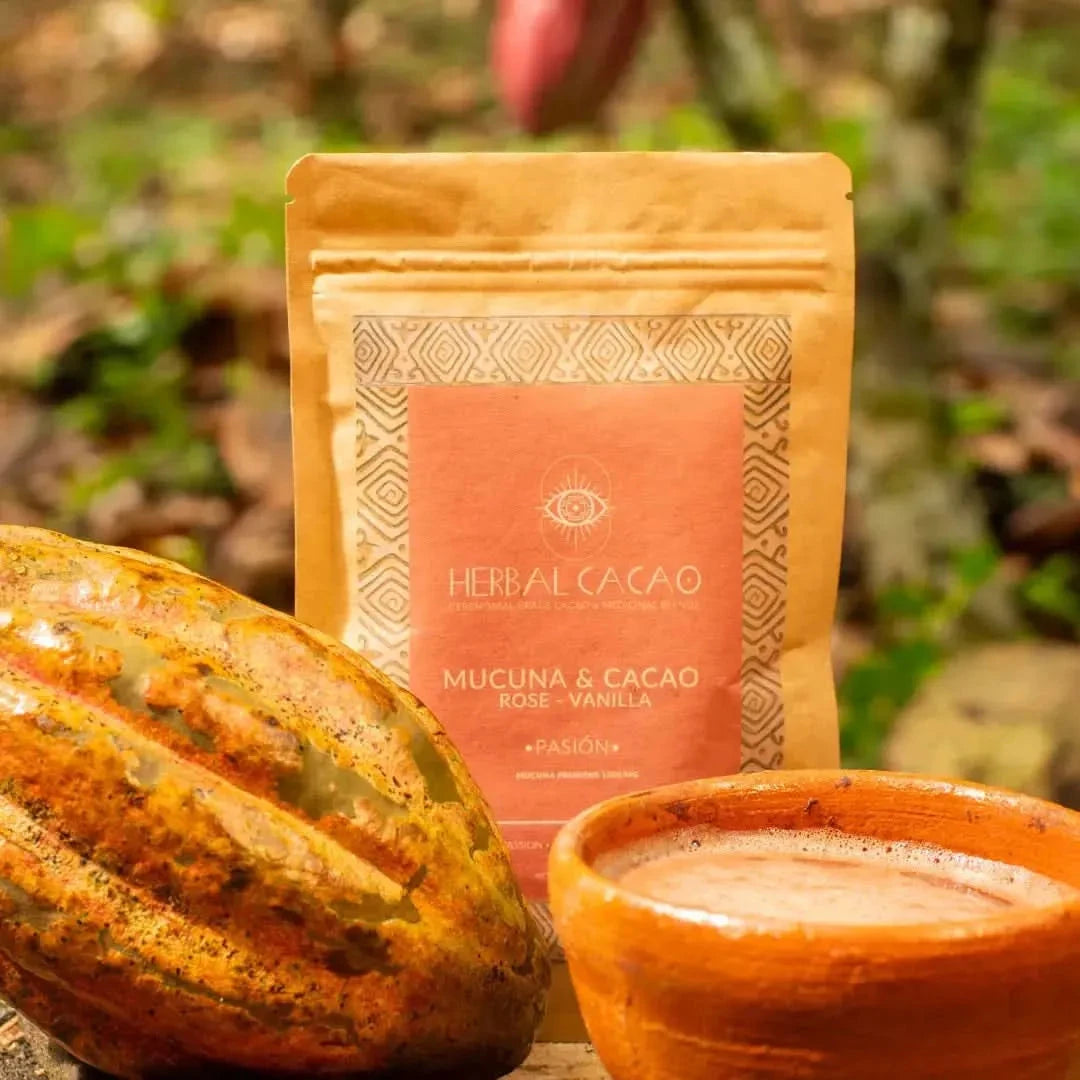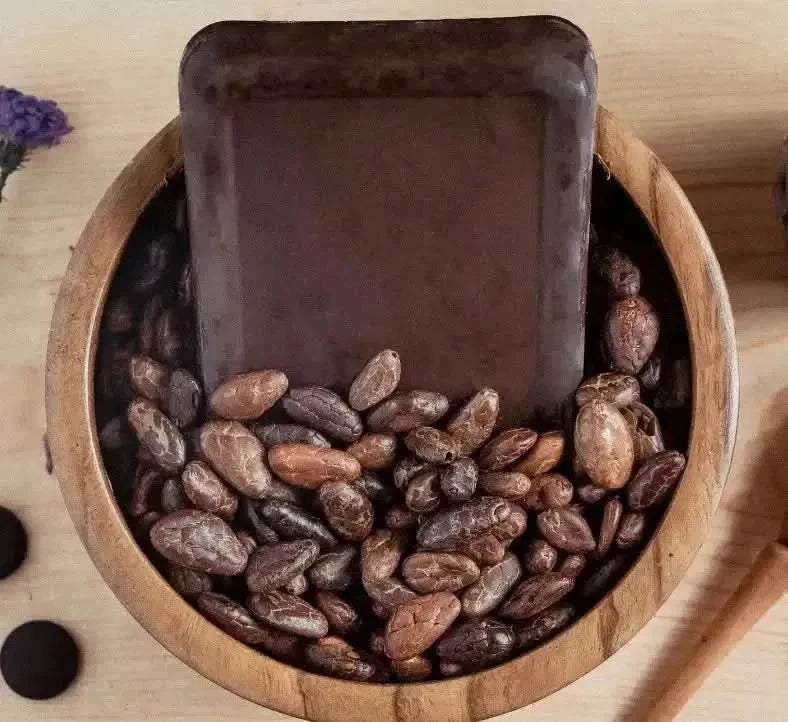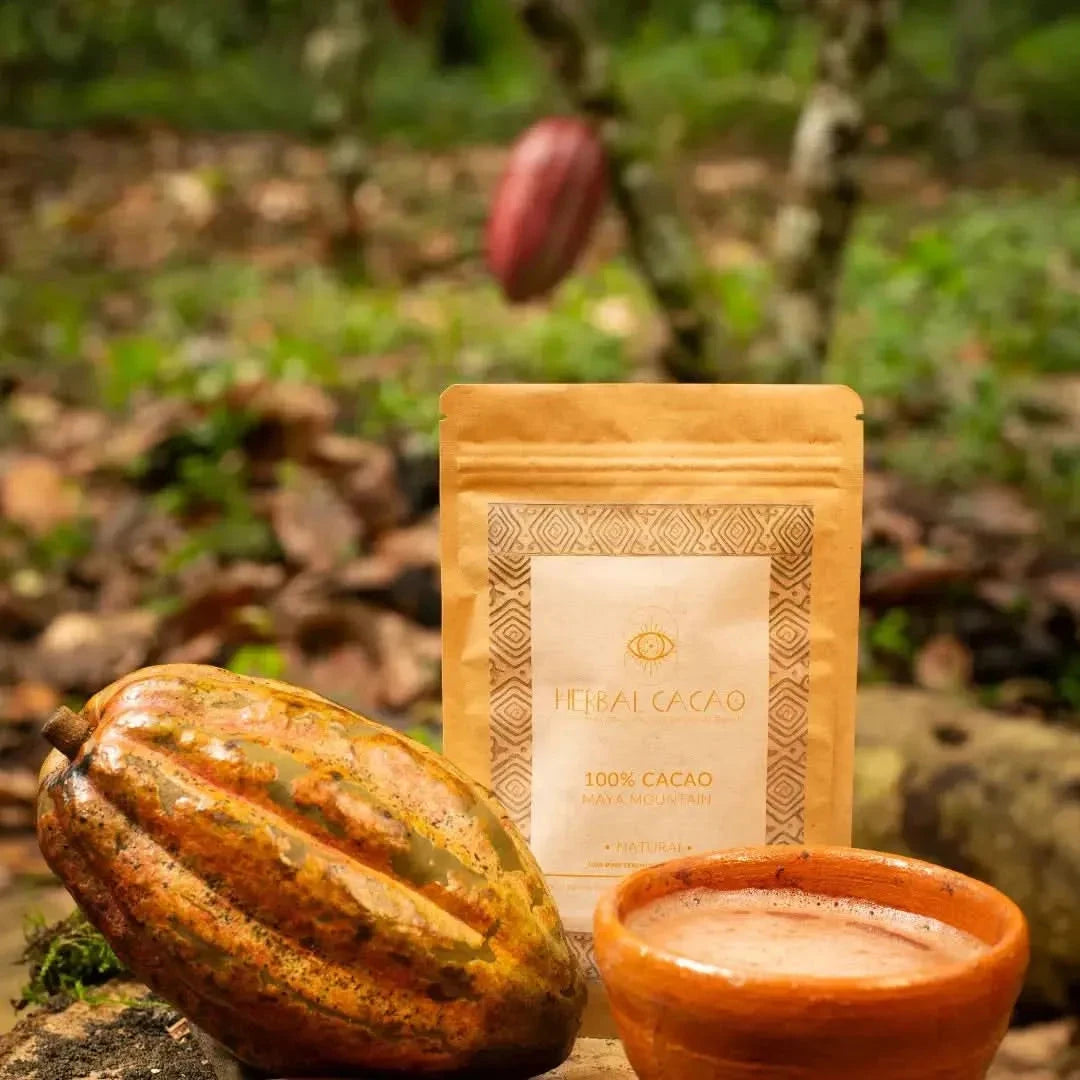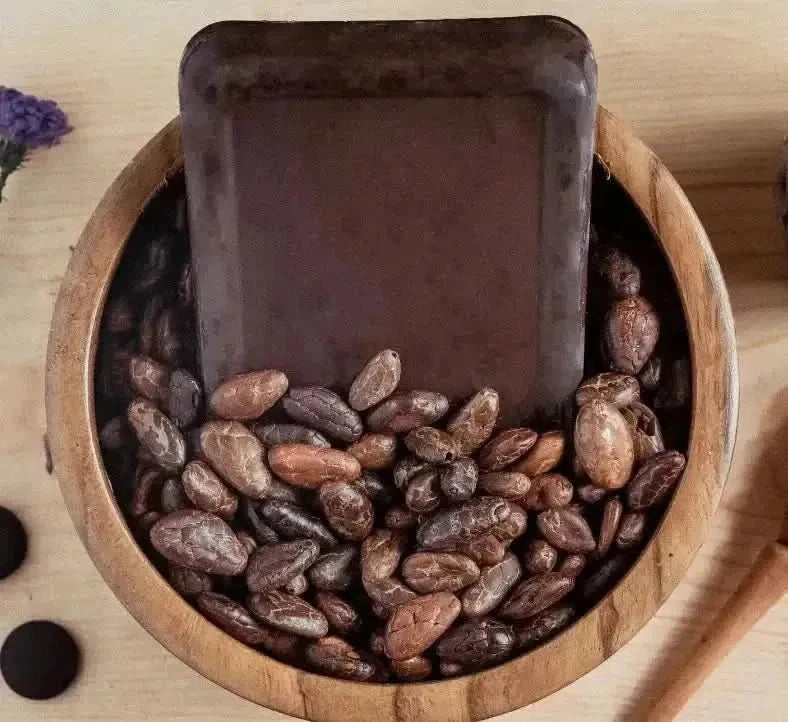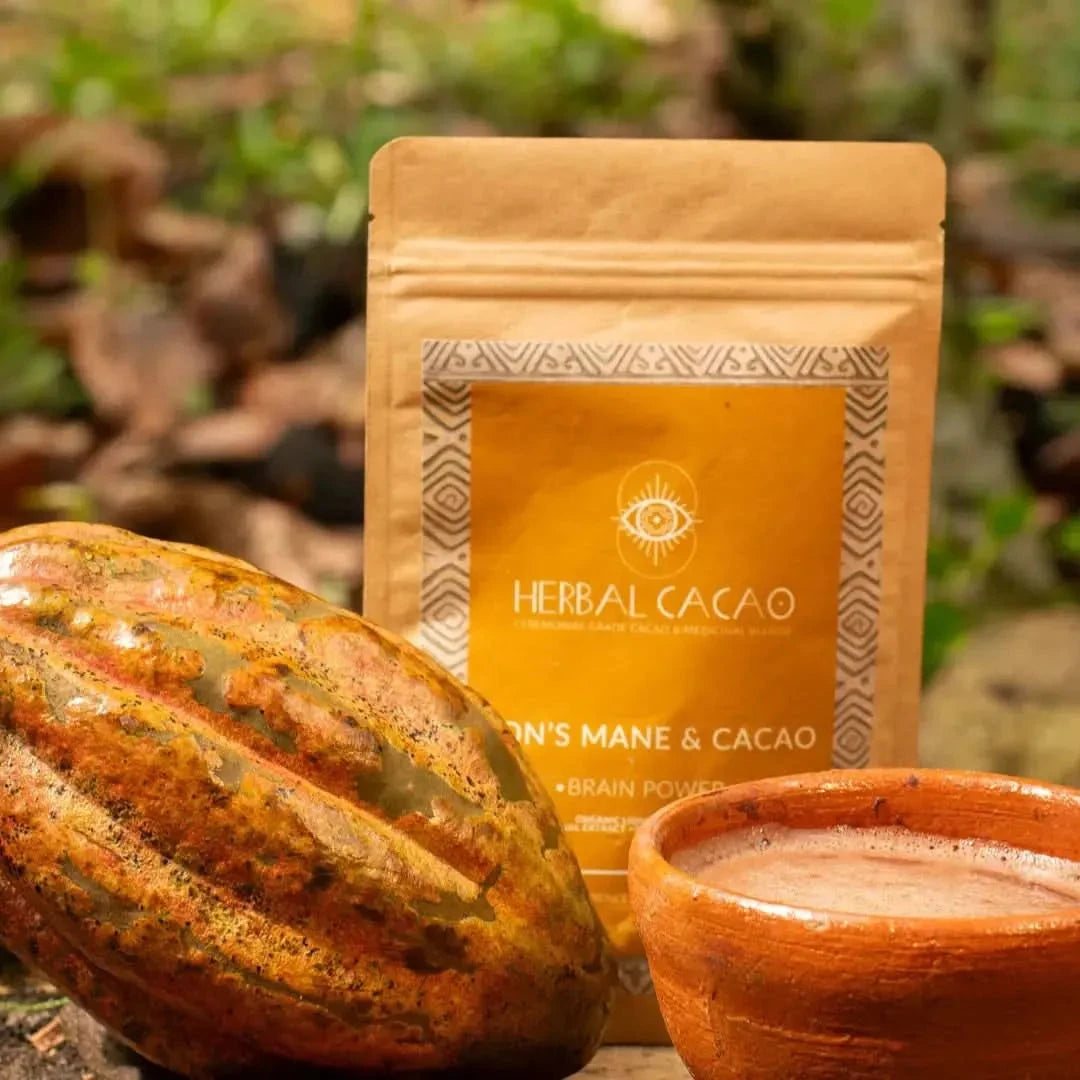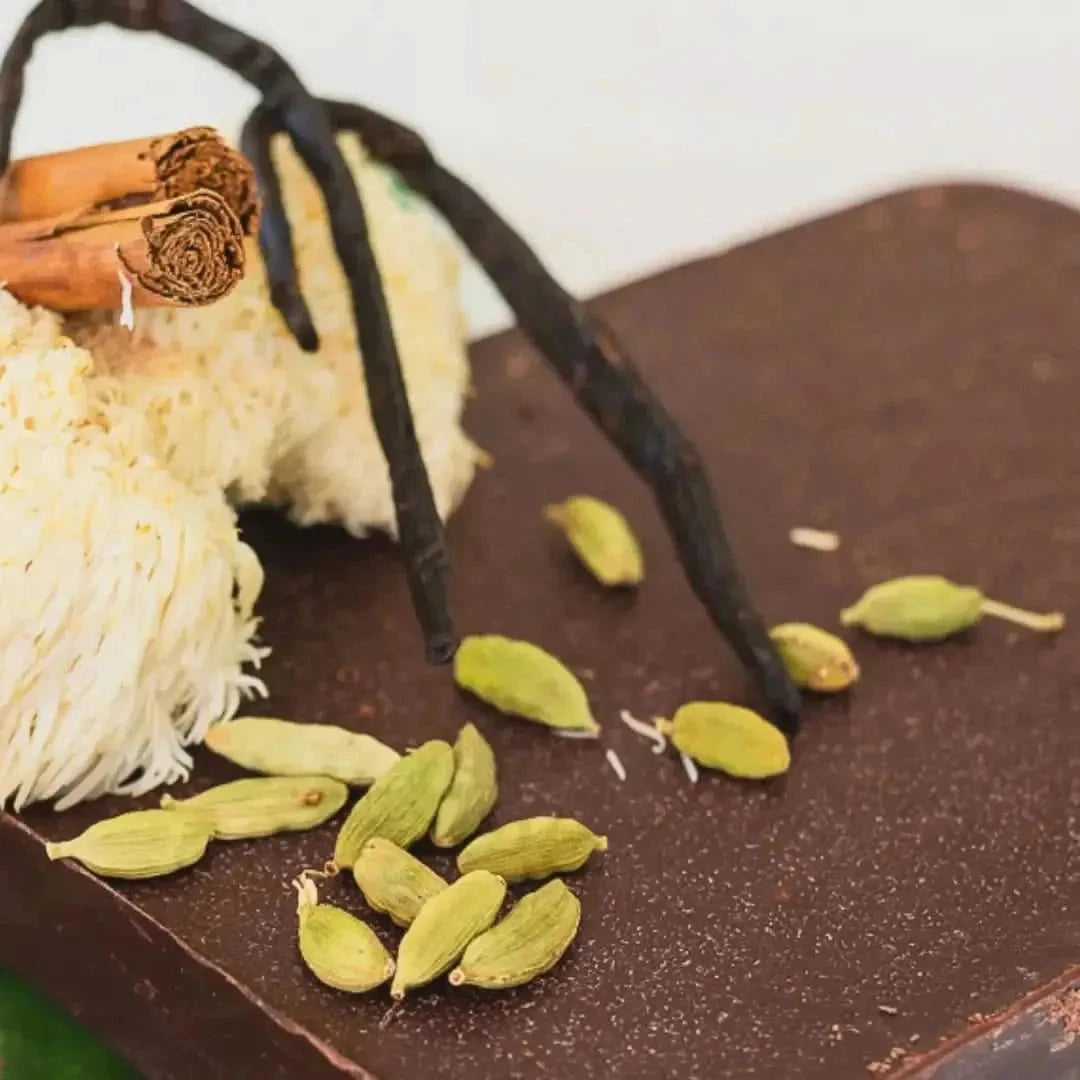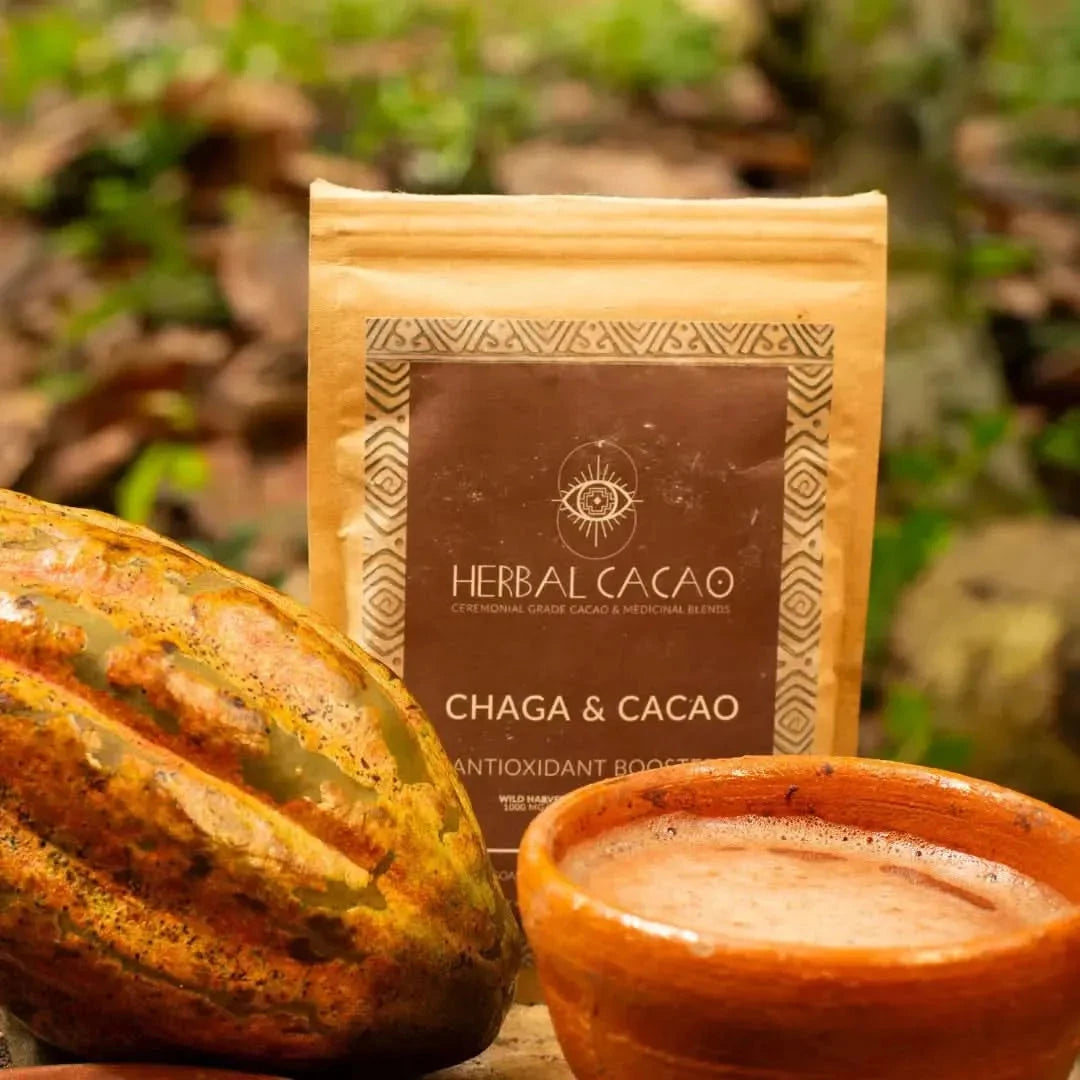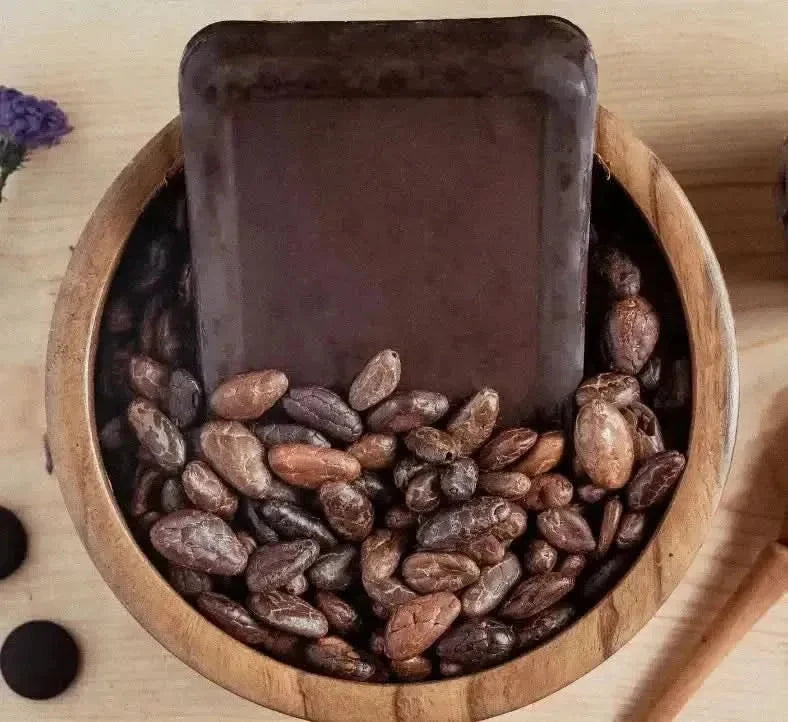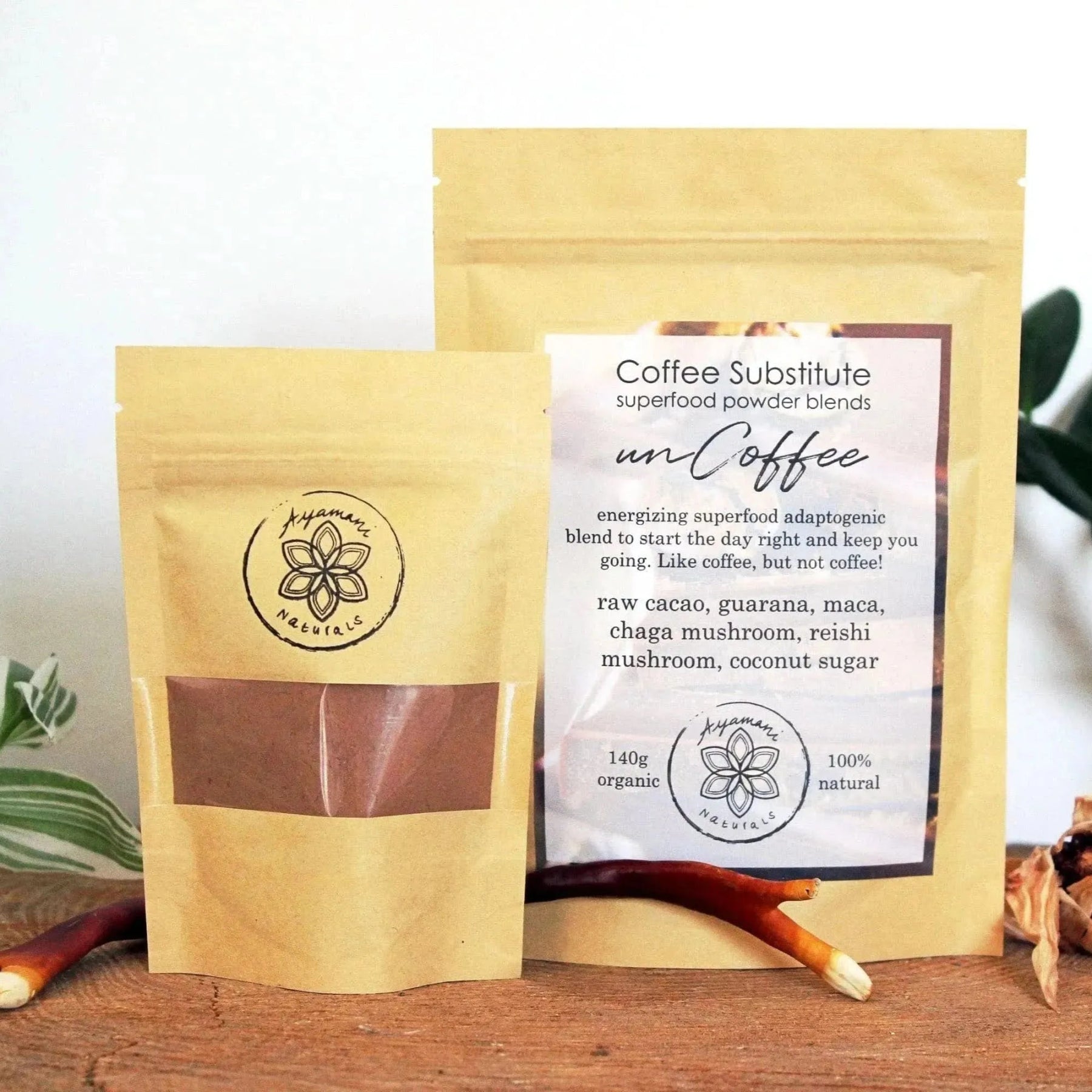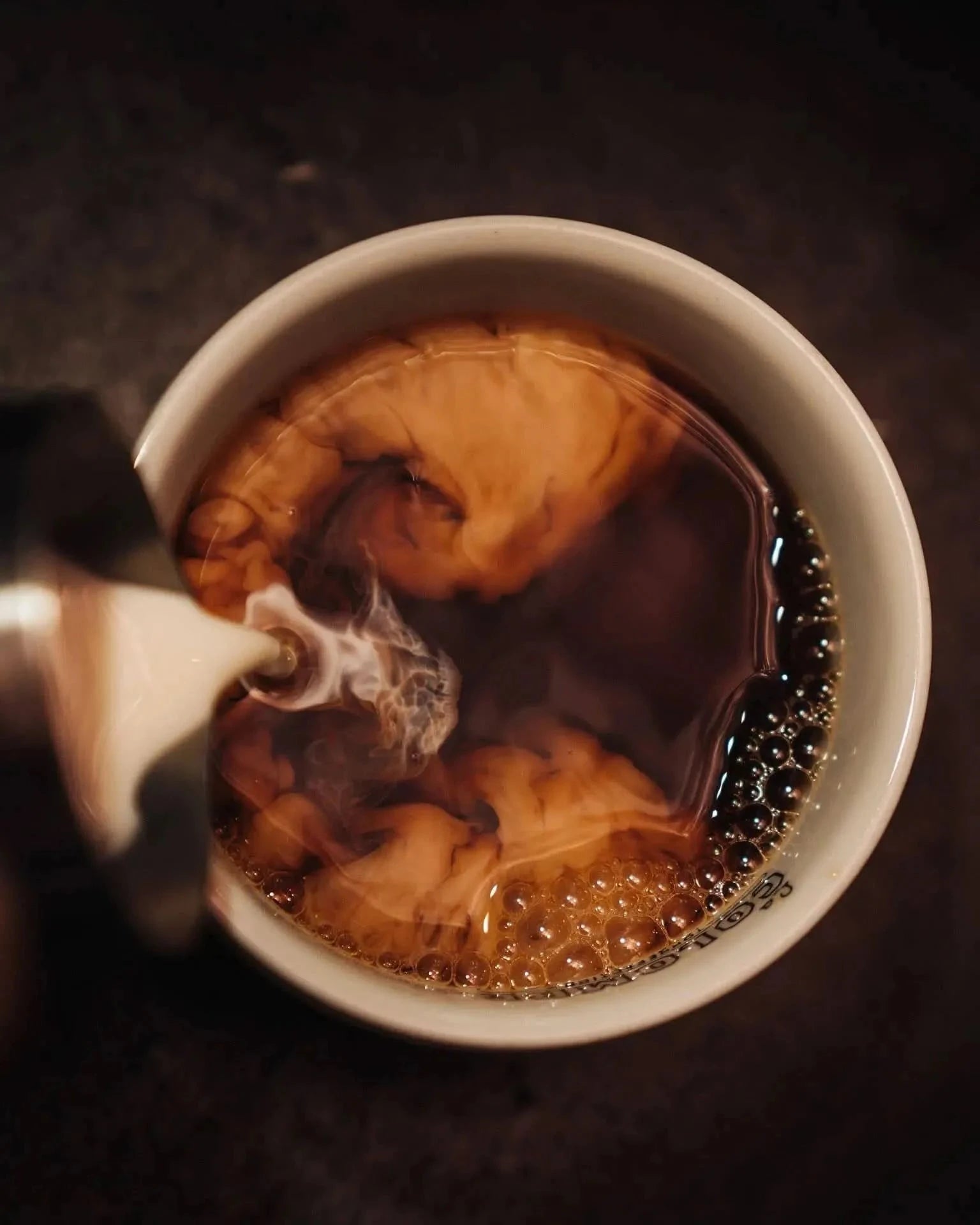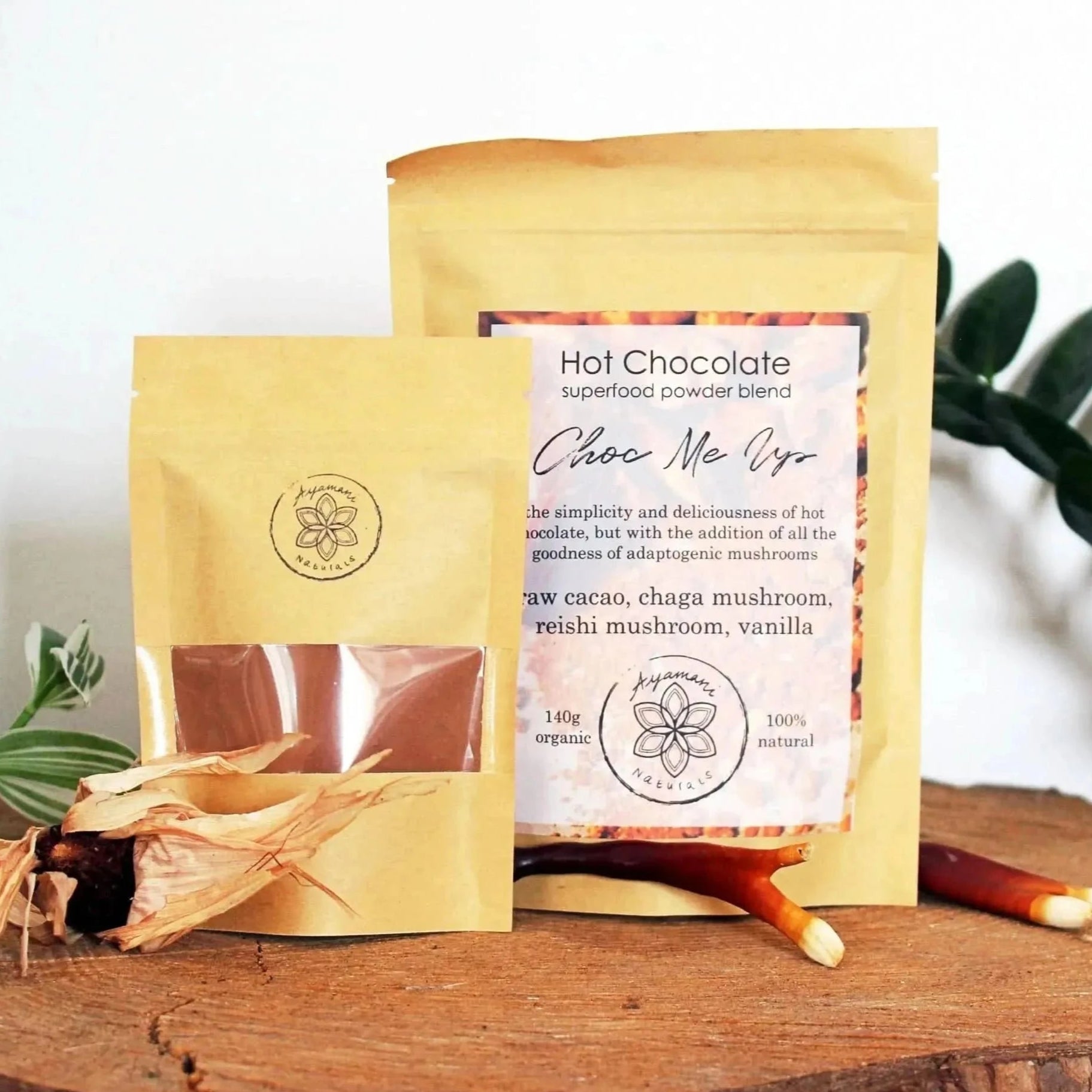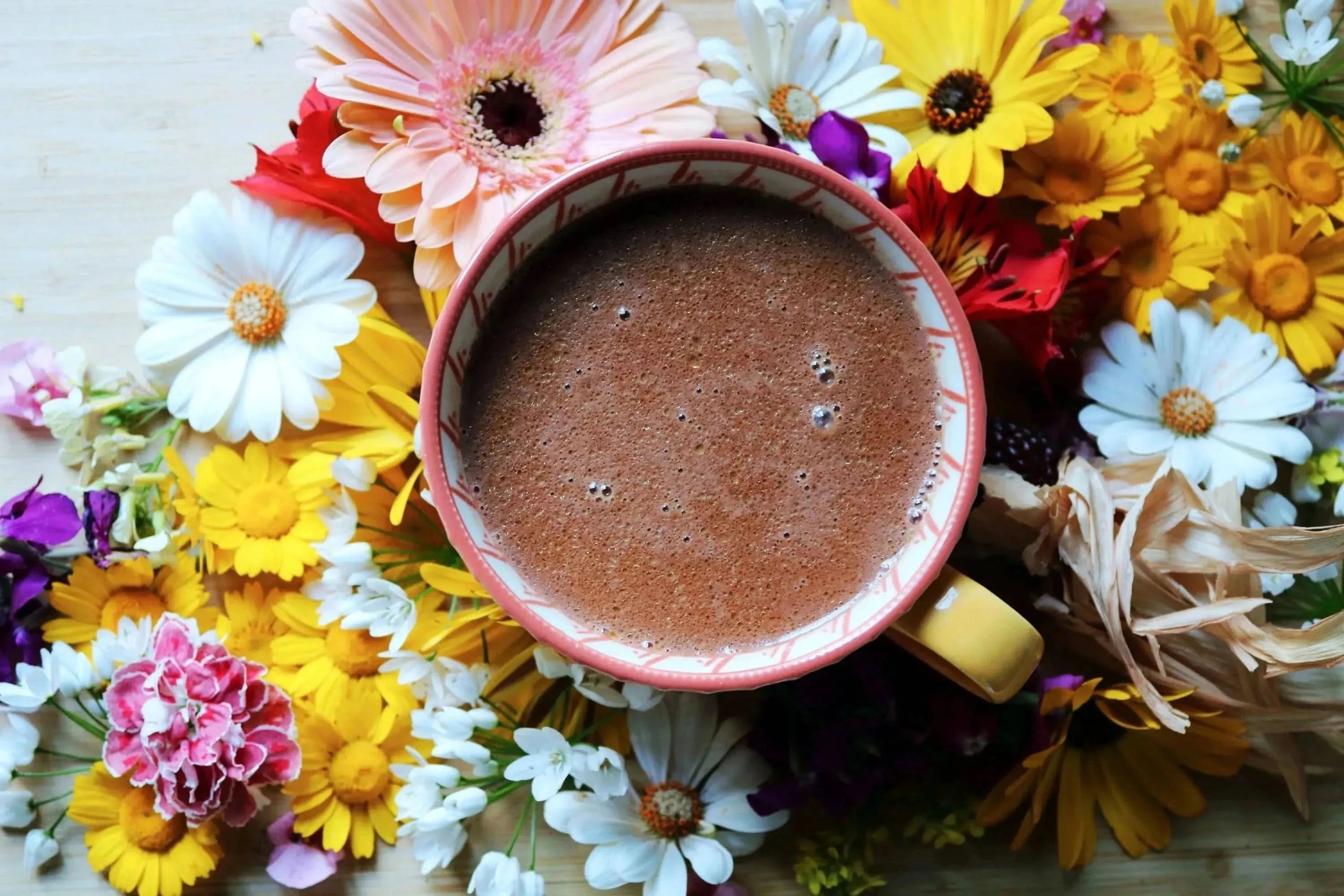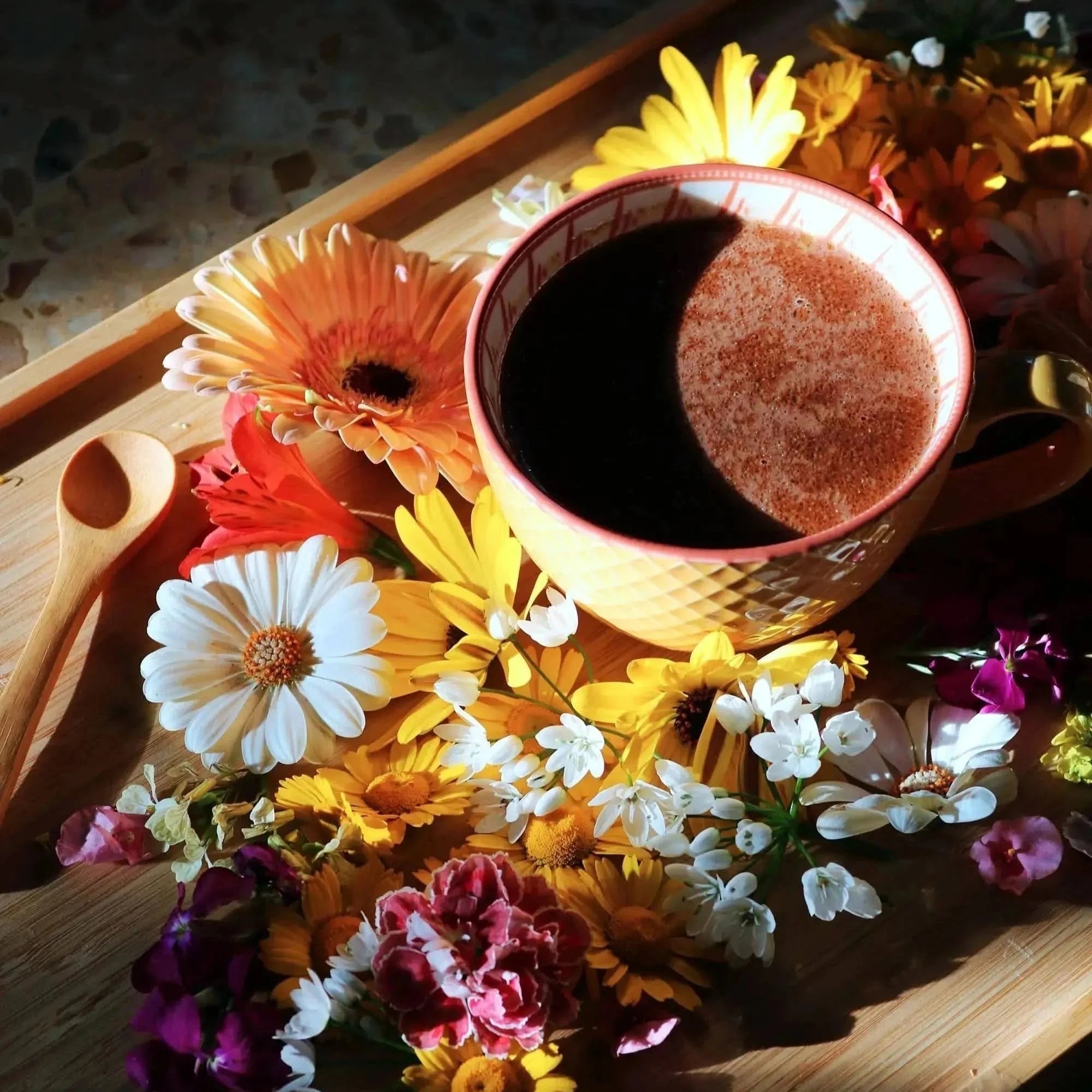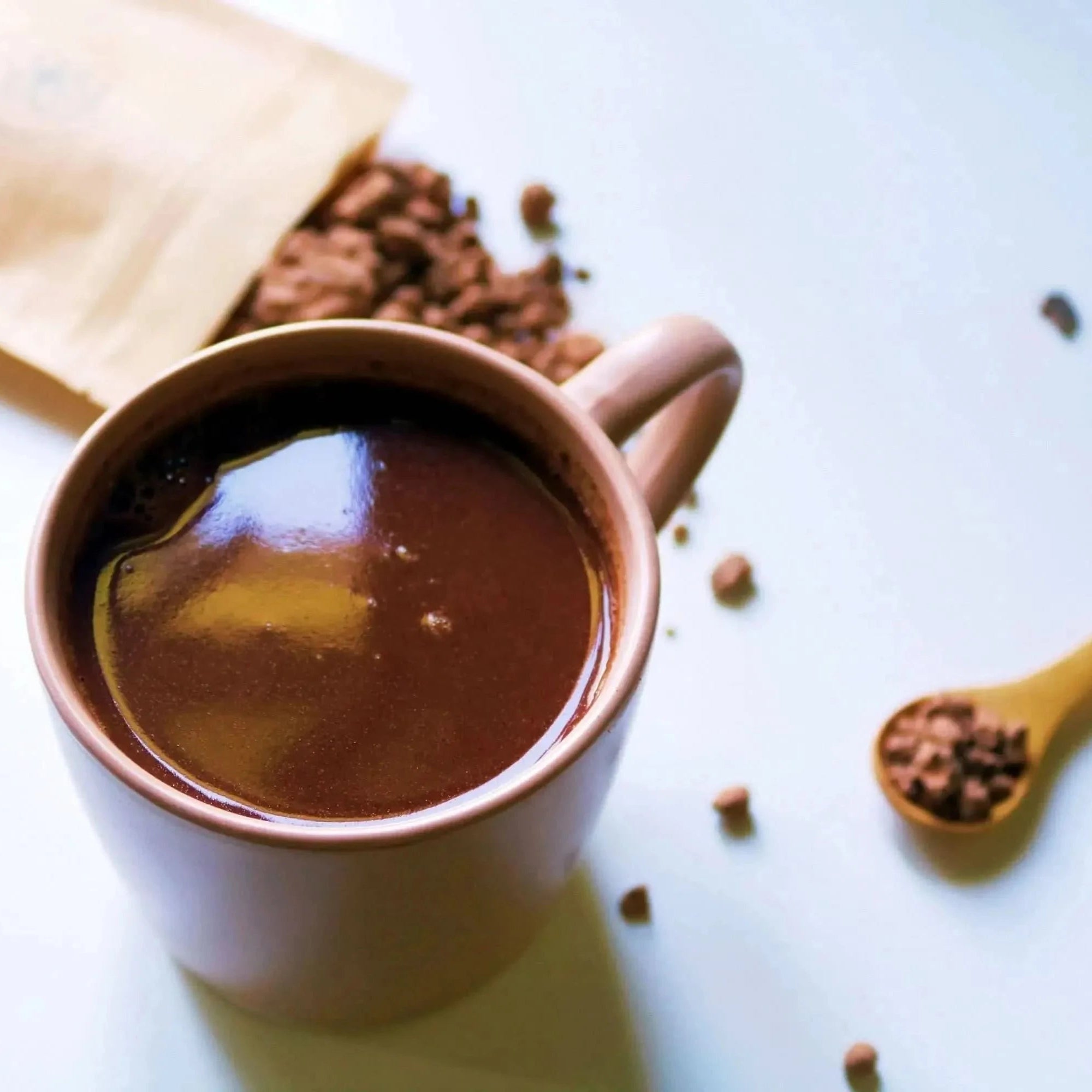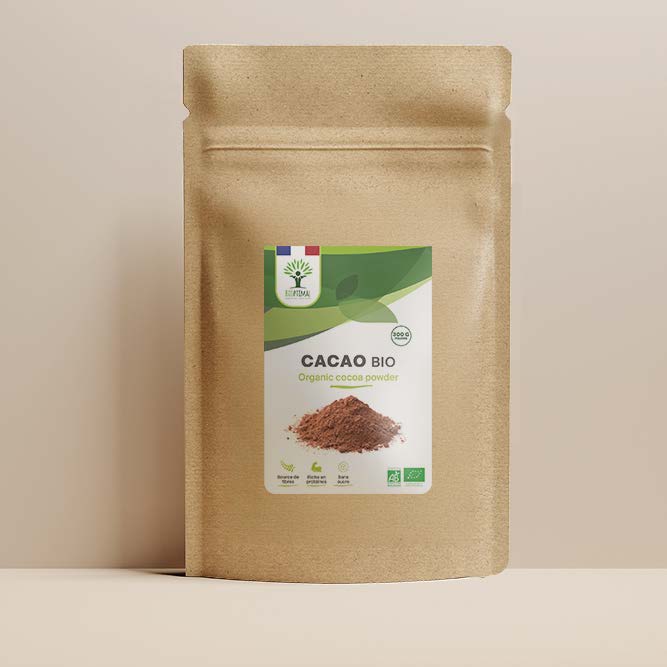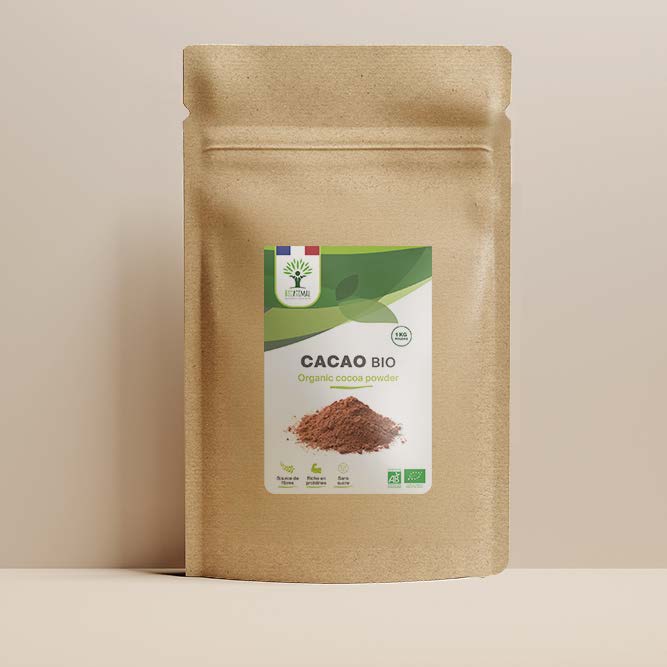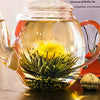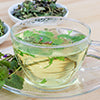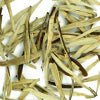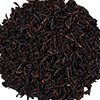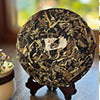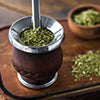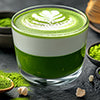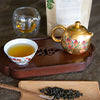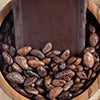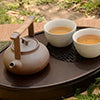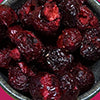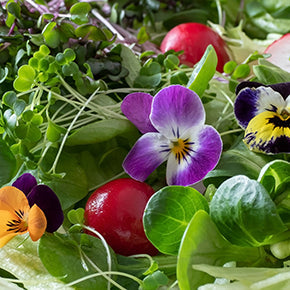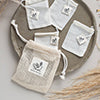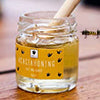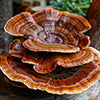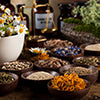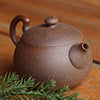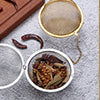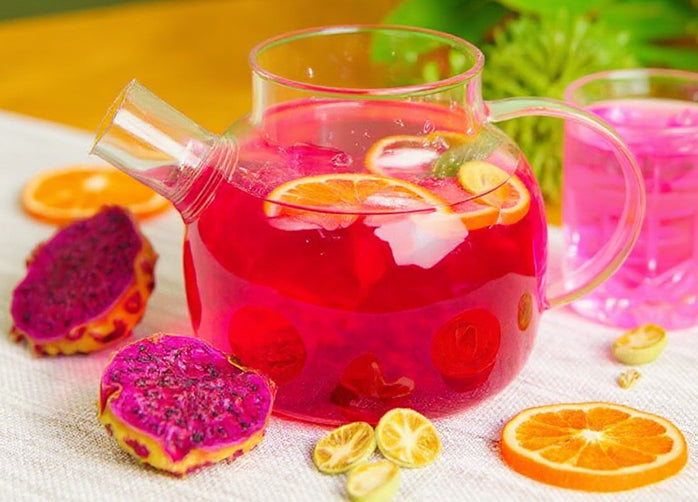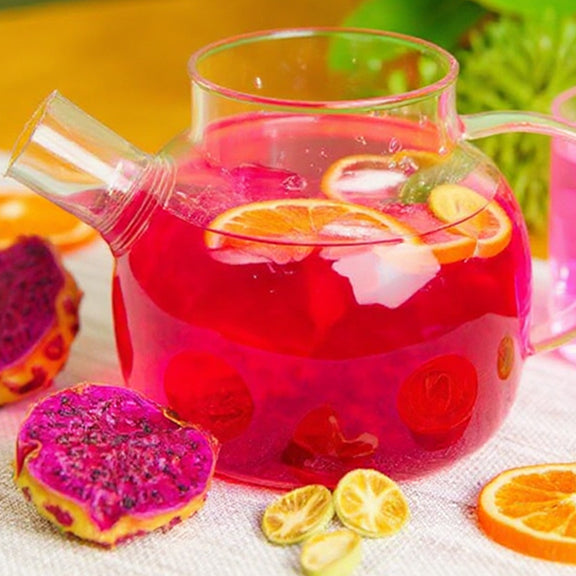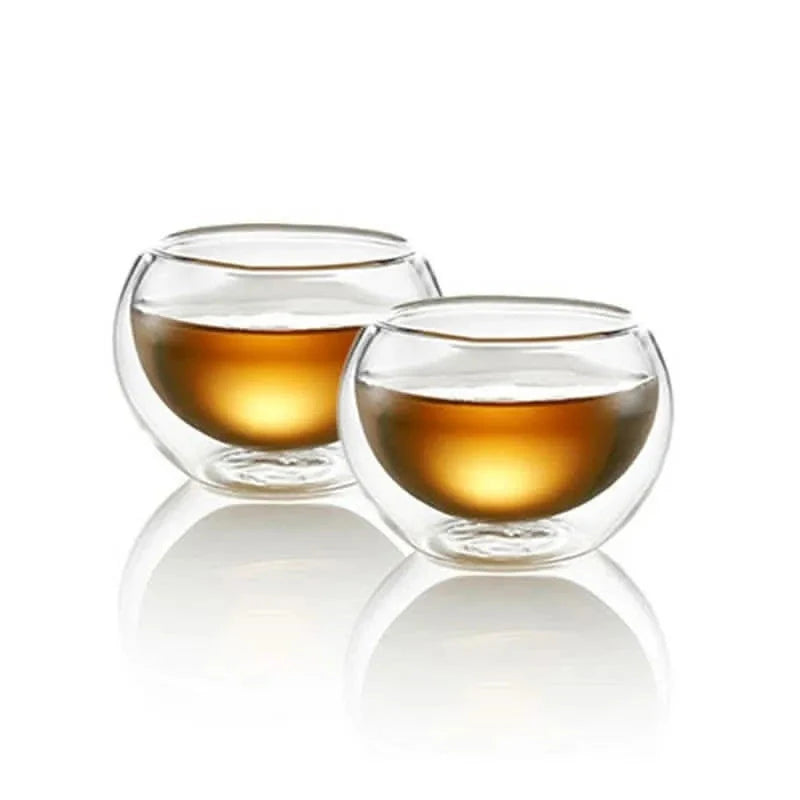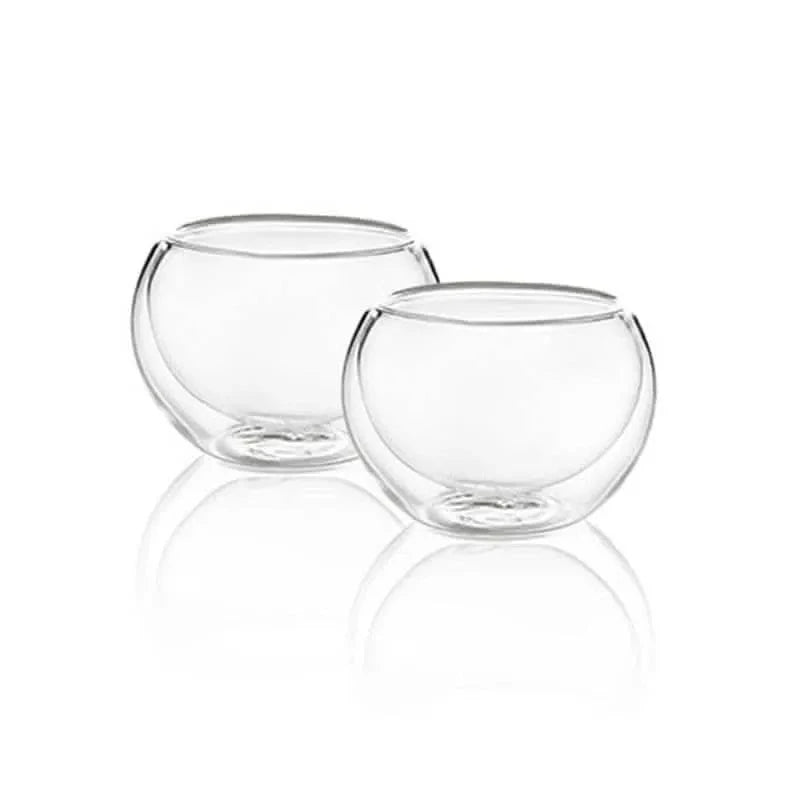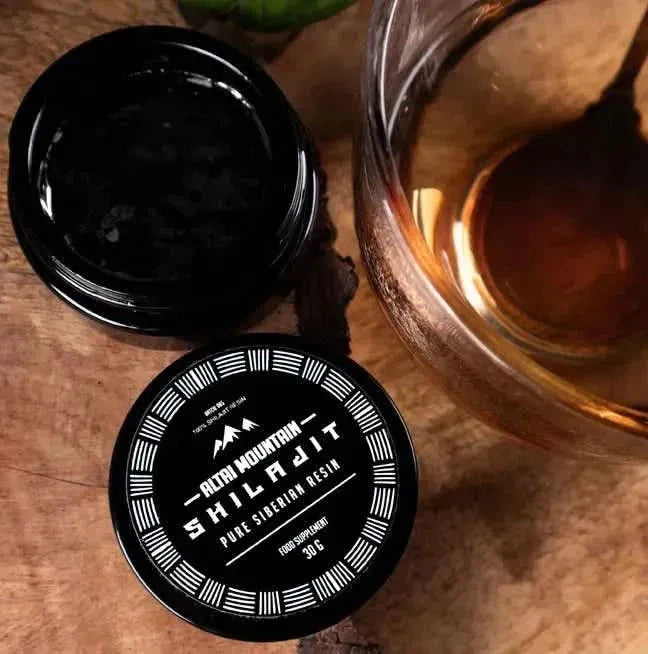Pure Raw Cacao
Filter
Sort by:
Description
Sacred Origins of Cacao: The Drink of Gods
The story of cacao begins in the ancient civilizations of Mesoamerica, where it was revered as a divine gift. The Mayans worshipped a cacao god and called it "xocoatl," believing it was discovered by the gods in a mountain and given to humans. The Aztecs went further, considering it the food of Quetzalcoatl, their god of wisdom, and believed cacao seeds were a gift from paradise.
In these ancient cultures, cacao was prepared as a sacred drink, often mixed with spices, chili, and corn. The Aztec emperor Montezuma was said to drink 50 cups of this golden liquid daily from golden chalices, believing it to be a source of wisdom and power. Unlike today's sweet chocolate, this drink was bitter, frothy, and often served cold.
Cultivation and Trade
The cacao tree (Theobroma cacao) grows 6-12 meters tall in the tropical Americas. Archaeological evidence shows cacao cultivation dating back over 5,000 years. The Mayans and Aztecs valued cacao beans so highly they were used as currency - records show 100 beans could purchase a turkey, while four beans could buy a pumpkin.
Modern cultivation still follows many traditional methods, with trees growing under the canopy of taller trees, mimicking their natural habitat. Each pod contains 20-60 seeds, which undergo careful fermentation and processing to develop their complex flavors.
Types
Traditional Cacao Preparations
Ceremonial Cacao
Ancient Mesoamericans prepared cacao through a sacred process. Beans were fermented, dried, roasted, and ground on metates (grinding stones). The resulting paste was mixed with water, spices like vanilla and achiote, and sometimes maize. This produced a thick, frothy drink considered more valuable than gold.
Regional Variations
Different cultures developed unique preparations. The Mayans typically served their chocolate hot, frothing it by pouring between vessels. The Aztecs often drank it cold, sometimes adding chili peppers for heat. Some regions mixed the cacao with honey to balance its natural bitterness.
Modern Heritage Varieties
Today's finest chocolates often come from ancient cacao varieties. Criollo, considered the prince of cacaos, represents only 5% of production but was the variety cultivated by the Mayans. Forastero, more robust and disease-resistant, accounts for 80% of modern production. Trinitario, a natural hybrid, combines the fine flavor of Criollo with Forastero's hardiness.
Contemporary Ceremonial Use
Modern ceremonial cacao maintains many traditional preparation methods. The beans are minimally processed to preserve their sacred properties, often ground by hand and prepared with intention. This practice honors the ancient understanding of cacao as a heart-opening medicine.
Benefits
Ancient Wisdom, Modern Science
The Aztecs and Mayans understood cacao's power as a physical and spiritual medicine. Modern research validates many of their traditional uses, revealing cacao's rich content of flavonoids and theobromine. These compounds improve cardiovascular health and cognitive function.
The ancients believed cacao opened the heart and enhanced wisdom. Today, we understand that cacao contains compounds that increase blood flow and neurotransmitter production, potentially explaining these traditional observations.
Sacred and Medicinal Properties
In Mesoamerican medicine, cacao was used to treat various ailments. It was prescribed for everything from fatigue to fever, with specific preparations for different conditions. Modern studies have confirmed cacao's anti-inflammatory properties and its role in supporting immune function.
Energetic Properties
Traditional healers recognized cacao's unique energetic properties, using it in ceremonies for its ability to enhance connection and open the heart. The presence of compounds like anandamide, known as the "bliss molecule," and phenylethylamine, the "love molecule," provides a scientific basis for these traditional uses.
Instructions
Historical Specifications
Traditional Preparation:- Fermentation: Natural process in banana leaves
- Roasting: Low temperature over wood fire
- Grinding: Stone metate method
- Frothing: Pouring between vessels height 1-2 feet
Ceremonial Parameters:- Serving temperature: 37-40°C
- Concentration: 40-50g cacao per serving
- Traditional spices: Vanilla, achiote, chili
- Vessel material: Clay, gold for nobility
Ancient Trade Metrics:- 100 beans = 1 turkey
- 4 beans = 1 pumpkin
- 10 beans = 1 rabbit
Modern Analysis of Ancient Varieties:- Theobromine: 1-2%
- Phenylethylamine: 0.1-0.2%
- Anandamide: trace amounts
- Flavanol concentration: varies by preparation
FAQs
